Achieving Balance in Open Concept Living: Design Strategies for Functionality and Aesthetics
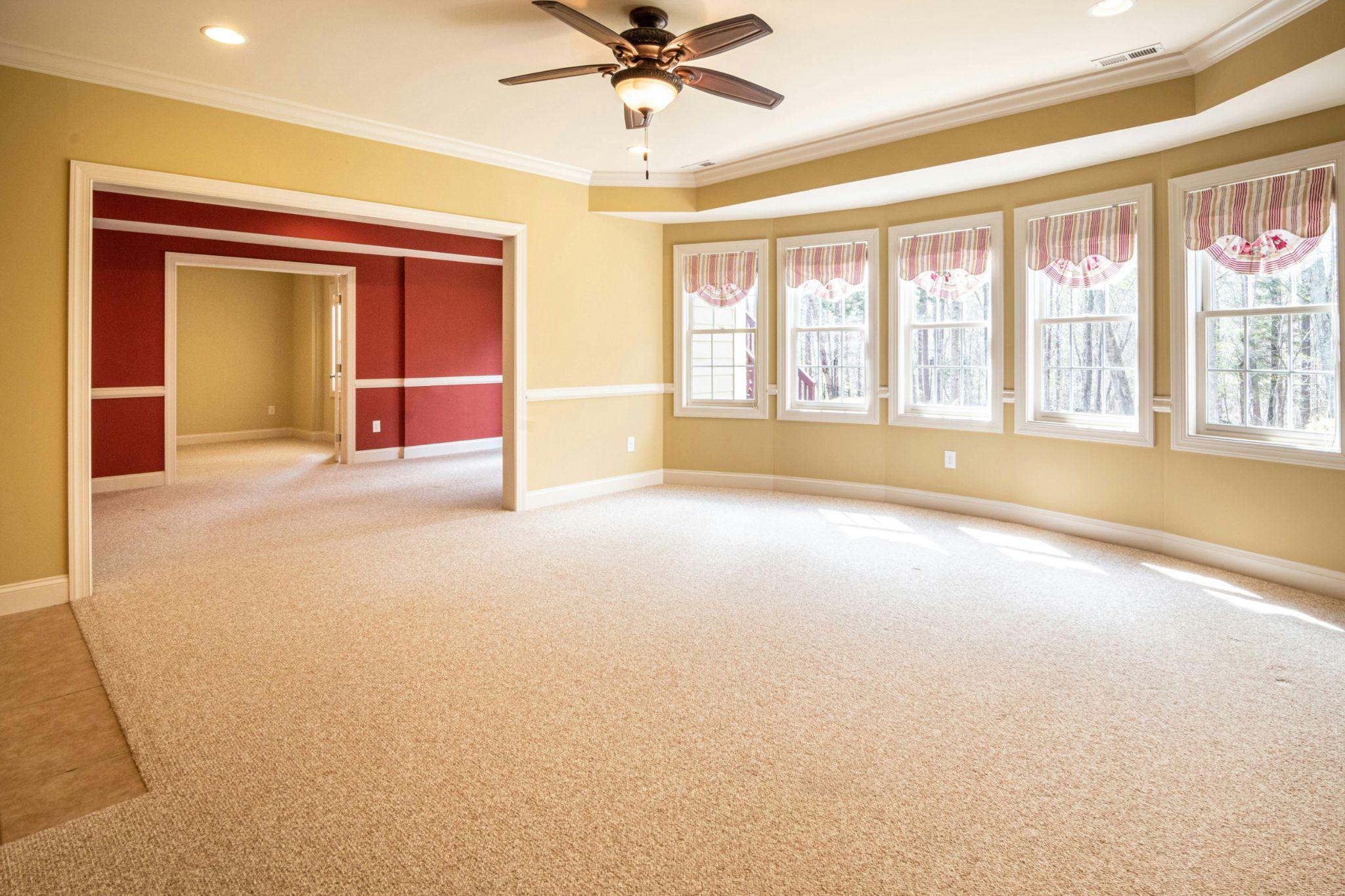
Open concept living spaces continue to dominate modern home design, offering flowing interiors that maximize light, create a sense of spaciousness, and facilitate connection between family members. However, designing these expansive areas presents unique challenges. The key lies in balancing functionality and aesthetics while maintaining distinct zones that serve different purposes. This comprehensive guide explores practical strategies to create harmonious open concept spaces that are both beautiful and livable.
Tips for Achieving Balance in Open Concept Living
Creating a successful open concept space requires thoughtful planning to ensure the area feels cohesive yet clearly defined. A well-designed open floor plan should allow for smooth transitions between zones while maintaining each area’s unique identity and purpose.
Use Multifunctional Furniture
In open concept spaces, multifunctional furniture serves as a cornerstone of efficient design. These versatile pieces maximize utility without cluttering the visual landscape, allowing you to maintain openness while meeting various household needs.
When selecting furniture for open concept areas, prioritize pieces that:
- Serve multiple functions within your daily routine
- Provide hidden storage to minimize visual clutter
- Can be easily reconfigured as needs change
- Maintain proper scale relative to your space
Recommended Multifunctional Furniture Pieces:
- Storage ottomans – Function as coffee tables, extra seating, and hidden storage compartments
- Extendable dining tables – Accommodate intimate dinners and larger gatherings without permanently occupying extra space
- Sleeper sofas or daybeds – Provide comfortable seating by day and guest accommodations by night
- Nesting tables – Offer flexible surface area that can be expanded or compacted as needed
- Bookshelf room dividers – Create visual separation while providing display and storage space
- Kitchen islands with seating – Combine food preparation areas with casual dining or workspace functions
- Flip-top console tables – Serve as slim entryway pieces that expand to dining tables when needed
- Storage benches – Provide seating in transitional areas while containing items like shoes or blankets
According to a study by the National Association of Home Builders, 85% of homebuyers now prefer open concept layouts, making efficient furniture selection more important than ever.
Maintain Visual Flow with Consistent Flooring
Continuous flooring creates a seamless visual foundation that unifies distinct functional areas within an open concept space. This continuity helps the eye move naturally throughout the environment, making the space feel more expansive and cohesive.
While transitions between different flooring materials can help define separate zones, these transitions should be intentional and strategic rather than arbitrary. When possible, maintain the same flooring throughout the main living areas to establish a harmonious base for your design.
Comparison of Popular Open Concept Flooring Options:
| Flooring Type | Pros | Cons | Best For | Maintenance Level |
|---|---|---|---|---|
| Hardwood | Timeless appeal, adds warmth, can be refinished | Susceptible to water damage, can scratch, higher cost | Living rooms, dining areas, cohesive whole-home solutions | Moderate |
| Engineered Wood | More stable than solid hardwood, wider planks available, better moisture resistance | Cannot be refinished as many times as solid wood, can still dent | Transitional spaces, areas with minor moisture concerns | Low-Moderate |
| Luxury Vinyl Plank (LVP) | Waterproof, extremely durable, realistic wood appearance, budget-friendly | May not add home value like natural materials, can dent under heavy furniture | Kitchens, bathrooms, basements while maintaining wood-look throughout | Low |
| Porcelain Tile | Extremely durable, waterproof, available in wood-look styles | Cold underfoot, grout requires cleaning, harder surface | High-traffic areas, homes in warm climates | Low |
| Natural Stone | Unique patterns, high-end appearance, extremely durable | Expensive, requires sealing, can be cold underfoot | Statement spaces, homes with radiant heating | High |
| Laminate | Budget-friendly, resistant to scratches and fading | Cannot be refinished, sensitive to moisture, can sound hollow | Rental properties, budget renovations | Low |
When selecting flooring for open concept spaces, consider:
- The full range of activities that will occur in the space
- Durability requirements based on foot traffic and lifestyle
- Maintenance preferences and limitations
- Sound transmission properties, particularly in two-story spaces
- Visual warmth and how the flooring affects the room’s acoustics
Add Vertical Elements
Vertical elements create visual boundaries in open layouts without disrupting sightlines or the flow of natural light. These architectural and design features help define different functional zones while preserving the spacious feeling that makes open concept living appealing.
Unlike walls, which completely divide spaces, vertical elements provide psychological separation through visual cues that subtly indicate transitions between different areas. These can range from architectural features to furniture placement.
Effective vertical elements for zone definition include:
- Partial walls or pony walls – Create definition while maintaining openness
- Decorative screens or room dividers – Offer flexible, movable separation
- Ceiling treatments – Use different heights or materials to distinguish zones
- Lighting fixtures – Hang pendants or chandeliers to anchor specific areas
- Bookshelves or cabinetry – Provide both separation and functional storage
- Columns or structural pillars – Leverage existing architectural elements
- Living walls or large plants – Introduce natural dividers with biophilic benefits
- Area rugs – While not vertical, they partner with vertical elements to reinforce zone boundaries
When implementing vertical elements, maintain consistent sightlines from most standing positions to preserve the open feel. The goal is to create psychological boundaries rather than physical ones, allowing the space to function as separate rooms while maintaining visual connectivity.
Lighting Strategies for Open Concept Spaces

Lighting design plays a crucial role in open concept living, serving both functional and aesthetic purposes. Well-planned lighting defines zones, creates atmosphere, and enhances the functionality of different areas within the larger space.
Layered Lighting Approach
A layered lighting approach combines multiple light sources at different heights and intensities to create a flexible, dynamic environment. This strategy allows you to adjust the mood and function of various zones throughout the day without compromising the cohesive feel of the space.
The three essential lighting layers include:
- Ambient lighting – Provides overall illumination, typically from ceiling fixtures
- Task lighting – Focuses light on specific activity areas like cooking or reading
- Accent lighting – Highlights architectural features or decorative elements
Lighting Fixture Types and Recommended Placements:
| Lighting Layer | Fixture Types | Ideal Placements | Benefits in Open Concept Spaces |
|---|---|---|---|
| Ambient | Recessed downlights, Flush mounts, Chandeliers, Cove lighting | Evenly spaced across ceilings, Along perimeter soffits | Creates consistent base illumination, Unifies the overall space |
| Task | Pendant lights, Under-cabinet lights, Desk lamps, Floor lamps | Over islands/dining tables, Under kitchen cabinets, Beside seating areas, Near reading nooks | Defines functional zones, Improves usability of specific areas |
| Accent | Wall sconces, Picture lights, LED strips, Track lighting | Highlighting art or collections, Washing textured walls, Under floating shelves, Around architectural features | Adds dimension, Creates visual interest, Enhances perceived separation of zones |
Strategic Light Placement
How and where you position lighting fixtures significantly impacts how people perceive and use different areas within an open concept space. Strategic placement reinforces zone distinctions while maintaining overall harmony.
Best Practices for Light Fixture Placement:
- Pendant Lights
- Hang 30-36 inches above kitchen islands or counters
- Position 30-36 inches above dining tables
- Group in odd numbers for visual interest (typically three over an island)
- Scale size proportionally to the surface below (larger pendants for larger tables)
- Recessed Lighting
- Install in a grid pattern for ambient lighting (typically 4-6 feet apart)
- Position strategically to highlight architectural features
- Use wall-washing techniques to make the space feel larger
- Consider adjustable recessed fixtures to direct light where needed
- Floor and Table Lamps
- Place floor lamps at the corners of seating arrangements
- Position table lamps at eye level when seated (typically 24-28 inches tall)
- Use consistent lamp heights within the same zone
- Select lampshades that complement other lighting elements
- Linear Fixtures
- Install over rectangular tables or kitchen islands
- Size to approximately 1/2 to 2/3 the length of the surface below
- Consider the sight lines from different areas when determining hanging height
- Coordinate finish with other metal elements in the space
Smart Technology Integration
Smart home technology offers powerful solutions for managing open concept spaces more effectively. These systems provide customizable control over environmental factors, helping each zone function optimally while maintaining overall cohesion.
Smart Lighting Systems
Smart lighting transforms how homeowners interact with open concept spaces, allowing for programmable settings that can instantly reconfigure the environment for different activities or times of day.
These systems enable you to:
- Create pre-set lighting “scenes” for different activities
- Control multiple fixtures simultaneously
- Adjust brightness and color temperature to match the time of day
- Integrate lighting with other smart home elements
Popular Smart Lighting Options:
- Philips Hue – Offers extensive color options, third-party integrations, and voice control compatibility
- Lutron Caséta – Provides reliable dimming, geofencing capabilities, and doesn’t require neutral wires
- LIFX – Features bright bulbs with vibrant colors and no need for a separate hub
- Nanoleaf – Specializes in decorative panel systems that serve as both lighting and art
- Wiz – Budget-friendly option with robust features and compatibility with multiple voice assistants
- C by GE – Simple setup with Bluetooth control and voice assistant integration
- Sengled – Offers affordable smart bulbs with extra features like built-in speakers or security cameras
When implementing smart lighting in open concept spaces, consider creating distinct lighting zones that correspond to the functional areas of your space while programming scenes that coordinate these zones for different activities.
Automated Climate Control
Maintaining comfortable temperatures across large, open spaces presents unique challenges due to uneven heating and cooling patterns. Smart thermostats help address these issues through advanced features like zoned temperature control and occupancy sensing.
Smart Thermostat Comparison for Open Concept Homes:
| Model | Price Range | Special Features | Zoning Capabilities | Voice Control | Energy Reports |
|---|---|---|---|---|---|
| Ecobee SmartThermostat | $$$$ | Room sensors, Built-in Alexa | Good | Alexa, Google, HomeKit | Comprehensive |
| Nest Learning Thermostat | $$$$ | Auto-scheduling, Farsight detection | Moderate | Google, Alexa | Basic |
| Honeywell Home T9 | $$$ | Smart room sensors, Geofencing | Excellent | Alexa, Google | Moderate |
| Emerson Sensi Touch | $$ | Geofencing, Remote access | Basic | Alexa, Google, HomeKit | Basic |
| Mysa Smart Thermostat | $$$ | Zone control for baseboard heaters | Excellent | Alexa, Google, HomeKit | Comprehensive |
For optimal climate control in open concept spaces:
- Position temperature sensors in each distinct zone
- Consider supplemental heating or cooling for problem areas
- Utilize ceiling fans to improve air circulation
- Program schedules based on actual usage patterns of different zones
Common Mistakes to Avoid
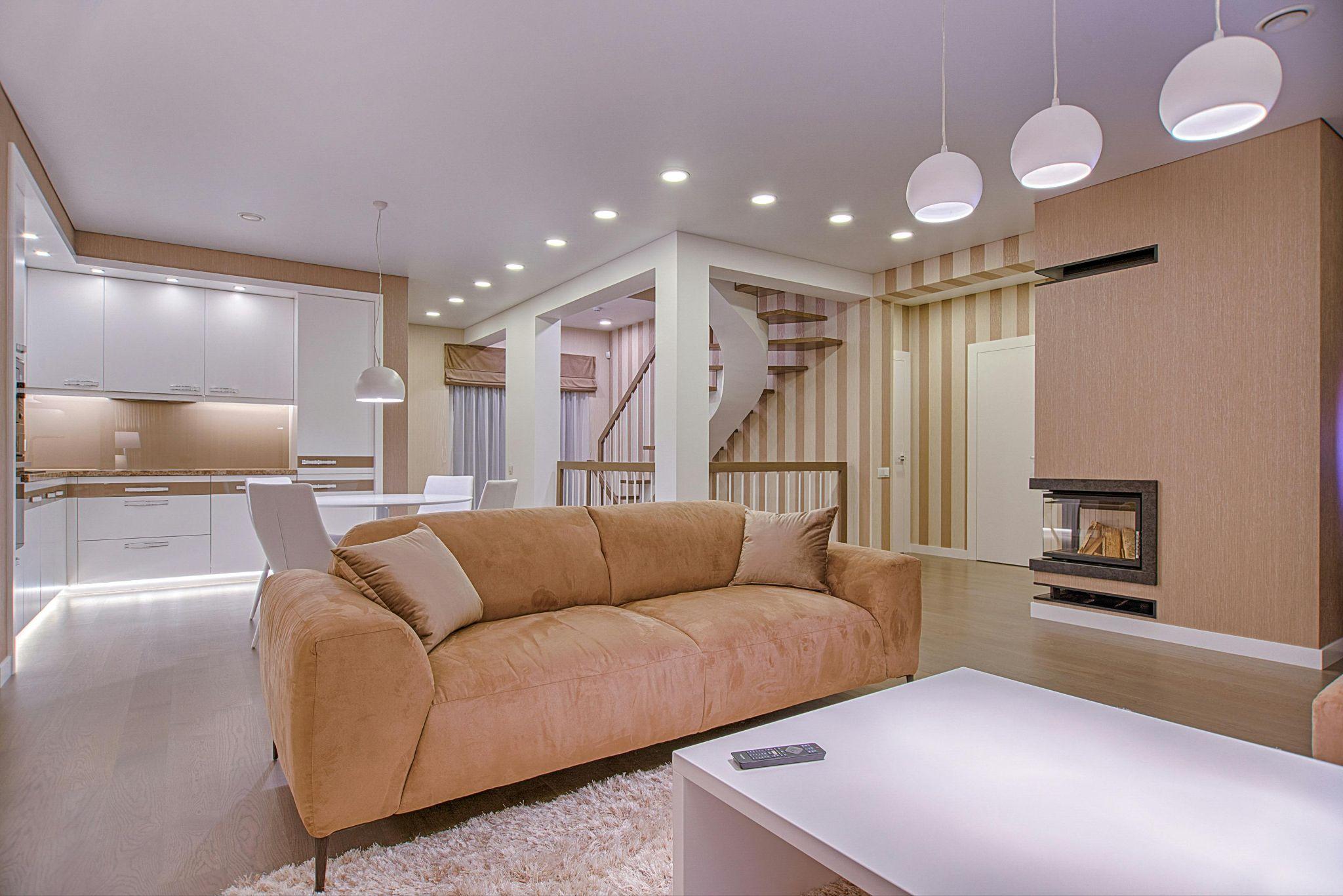
Even thoughtfully designed open concept spaces can fall short if certain common pitfalls aren’t addressed. Recognizing and avoiding these mistakes will help ensure your space achieves both functionality and aesthetic appeal.
Overcrowding the Space
One of the most common errors in open concept design is overcrowding – filling the space with too much furniture or decorative elements. This undermines the primary benefit of open layouts: the sense of spaciousness and flow.
Decluttering Tips for Open Concept Spaces:
- Establish a visual edit process – View your space from multiple angles, removing items that disrupt sightlines
- Create breathing room around furniture groups – Allow at least 30-36 inches for walkways
- Limit large furniture pieces to those that serve essential functions
- Choose appropriately scaled items – Avoid oversized furniture in smaller spaces
- Implement the “one in, one out” rule for decor and accessories
- Create designated “drop zones” for items that typically create clutter
- Establish hidden storage systems for seasonal or occasionally used items
- Schedule regular decluttering sessions to prevent accumulation
Furniture Layout Suggestions:
- Float furniture away from walls to create more intimate groupings
- Use area rugs to anchor furniture arrangements within each zone
- Position seating to facilitate conversation while maintaining open pathways
- Ensure that no single piece of furniture dominates the visual field
- Create clear pathways between functional zones (minimum 36 inches wide)
- Maintain balanced visual weight throughout the space
Lack of Storage Planning
Without proper storage solutions, open concept living quickly becomes overwhelmed by visual clutter. Since fewer walls mean fewer opportunities for standard storage, creative approaches are essential.
Hidden Storage Solutions for Open Concept Spaces:
- Built-in cabinetry that blends with architectural elements
- Window seats with lift-up tops or drawers underneath
- Hollow ottomans that open for blanket or toy storage
- Under-stair storage systems with drawers or cabinets
- Platform beds with integrated drawers
- Furniture with hidden compartments like storage sofas or coffee tables
- Wall-mounted cabinets in dead space areas
- Ceiling-mounted storage in garages or utility areas
When planning storage, prioritize frequently used items in easily accessible locations while relegating seasonal or occasional items to less convenient spaces. The goal is to maintain clean, open surfaces that contribute to the spacious feeling while ensuring everything has a designated place.
Conclusion
Creating a balanced open concept living space requires thoughtful attention to both functionality and aesthetics. By incorporating multifunctional furniture, maintaining consistent flooring, adding strategic vertical elements, implementing layered lighting, integrating smart technology, and avoiding common design mistakes, you can create a harmonious environment that serves your needs while looking beautiful.
Remember that successful open concept design is ultimately personal – it should reflect your lifestyle, preferences, and daily routines. Don’t be afraid to experiment with different arrangements and boundaries until you find the perfect balance between openness and definition. The flexibility of these spaces allows them to evolve with your needs over time, making them adaptable to life’s changing demands.
With careful planning and these strategic approaches, your open concept space can achieve that elusive balance: a home that feels both spacious and intimate, minimalist and functional, unified and clearly defined.
DIY Backyard Projects to Transform Your Outdoor Space
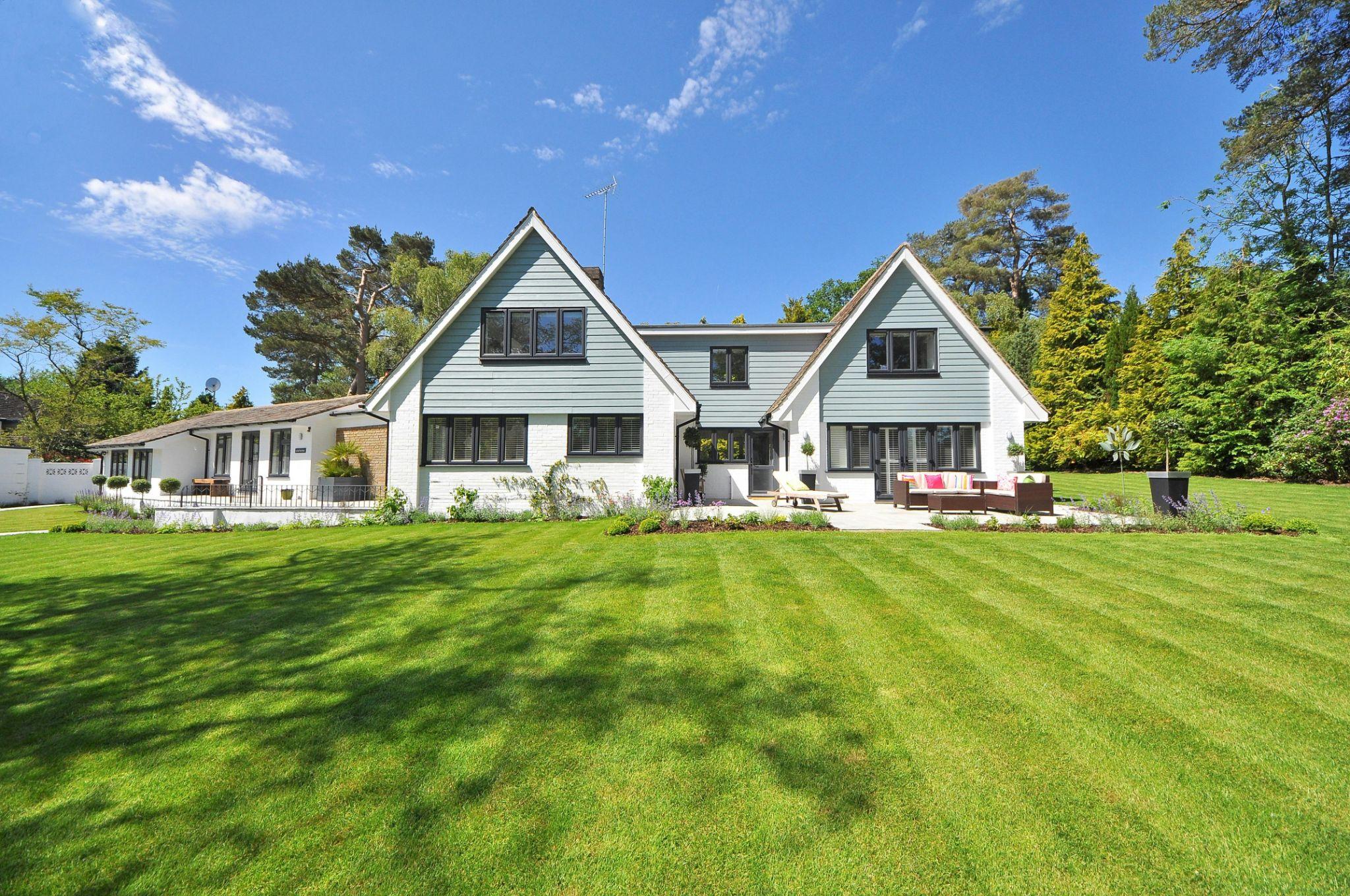
Transform your ordinary backyard into an extraordinary outdoor sanctuary with these creative DIY backyard projects. Whether you have a spacious yard or a compact outdoor area, these projects will help you maximize your space while adding functionality, beauty, and personal flair. From cozy seating arrangements to vertical gardens, lighting solutions, and decorative accents, these ideas will inspire you to roll up your sleeves and create the backyard oasis you’ve always dreamed of.
Create a Cozy Seating Area
The heart of any outdoor living space is a comfortable seating area where you can relax, entertain, and enjoy the fresh air. Creating dedicated zones for seating can transform how you use your backyard and extend your living space beyond the walls of your home.
Build a Fire Pit with Seating
A fire pit creates an instant gathering spot in your backyard, providing warmth, light, and a focal point for entertaining. Building your own fire pit is simpler than you might think and can save you hundreds of dollars compared to pre-made options.
Materials Needed:
- Concrete retaining wall blocks (50-60 blocks for a typical 3-foot diameter pit)
- Masonry adhesive
- Gravel (approximately 4-5 bags)
- Sand (1-2 bags)
- Level
- Measuring tape
- Spray paint for marking
- Shovel
- Tamper
- Metal fire pit ring (optional but recommended)
Step-by-Step Guide:
- Choose your location – Select a flat area at least 10-15 feet away from structures, overhanging trees, or flammable materials.
- Mark the area – Use spray paint to mark a circle where your fire pit will go. A diameter of 3-4 feet works well for most backyards.
- Excavate – Dig about 6-8 inches deep within your marked circle.
- Add drainage materials – Fill the bottom 2-3 inches with gravel for drainage.
- Add sand – Layer 1-2 inches of sand on top of the gravel and level it.
- Build the first layer – Place the first ring of blocks around the perimeter, making sure they’re level.
- Continue building – Add subsequent layers, staggering the joints between blocks and using masonry adhesive between layers for stability.
- Install fire ring – If using a metal fire ring, place it inside your block structure.
For seating, consider creating a ring of built-in benches around your fire pit or arranging weather-resistant chairs or benches to create a conversation area. Adirondack chairs, concrete blocks with cushions, or repurposed wooden logs can all serve as stylish, budget-friendly seating options.
According to a study by the American Society of Landscape Architects, fire pits consistently rank as one of the most popular outdoor design elements, with over 65% of homeowners prioritizing them in backyard renovations.
Install a Porch Swing
A porch swing offers a touch of nostalgic charm while providing a peaceful spot to relax with a book or enjoy morning coffee. While traditionally mounted on porches, these swings can be installed in various backyard locations.
Materials:
- Pre-made swing or swing kit
- Weather-resistant lumber (if building from scratch)
- Heavy-duty hanging chain or rope
- Ceiling hooks or hanging hardware rated for at least 500 pounds
- Drill
- Stud finder
- Level
- Measuring tape
- Paint or stain
- Cushions
Installation Instructions:
- Select your swing – Choose a pre-made swing or build one using weather-resistant wood like cedar or cypress.
- Choose the location – Find a sturdy overhead support, such as a pergola, strong tree branch, or dedicated swing frame.
- Mark mounting points – Ensure mounting points are level and properly spaced to match your swing width.
- Install mounting hardware – Secure heavy-duty hooks or eyebolts into ceiling joists or beams.
- Hang the chains – Attach chains or ropes to your mounting hardware.
- Mount the swing – Connect the swing to the chains and adjust the height so it sits 17-19 inches off the ground.
- Test for safety – Before full use, test the swing to ensure it supports weight properly.
Safety Tips:
- Weight capacity – Ensure all hardware is rated for at least 500 pounds.
- Regular inspection – Check chains, ropes, and mounting hardware regularly for wear or damage.
- Weather protection – Use weather-resistant materials and consider covering or storing the swing during harsh weather.
- Proper mounting – Always mount into structural supports, never into just drywall or unsupported boards.
Enhance Your Garden with Vertical Elements
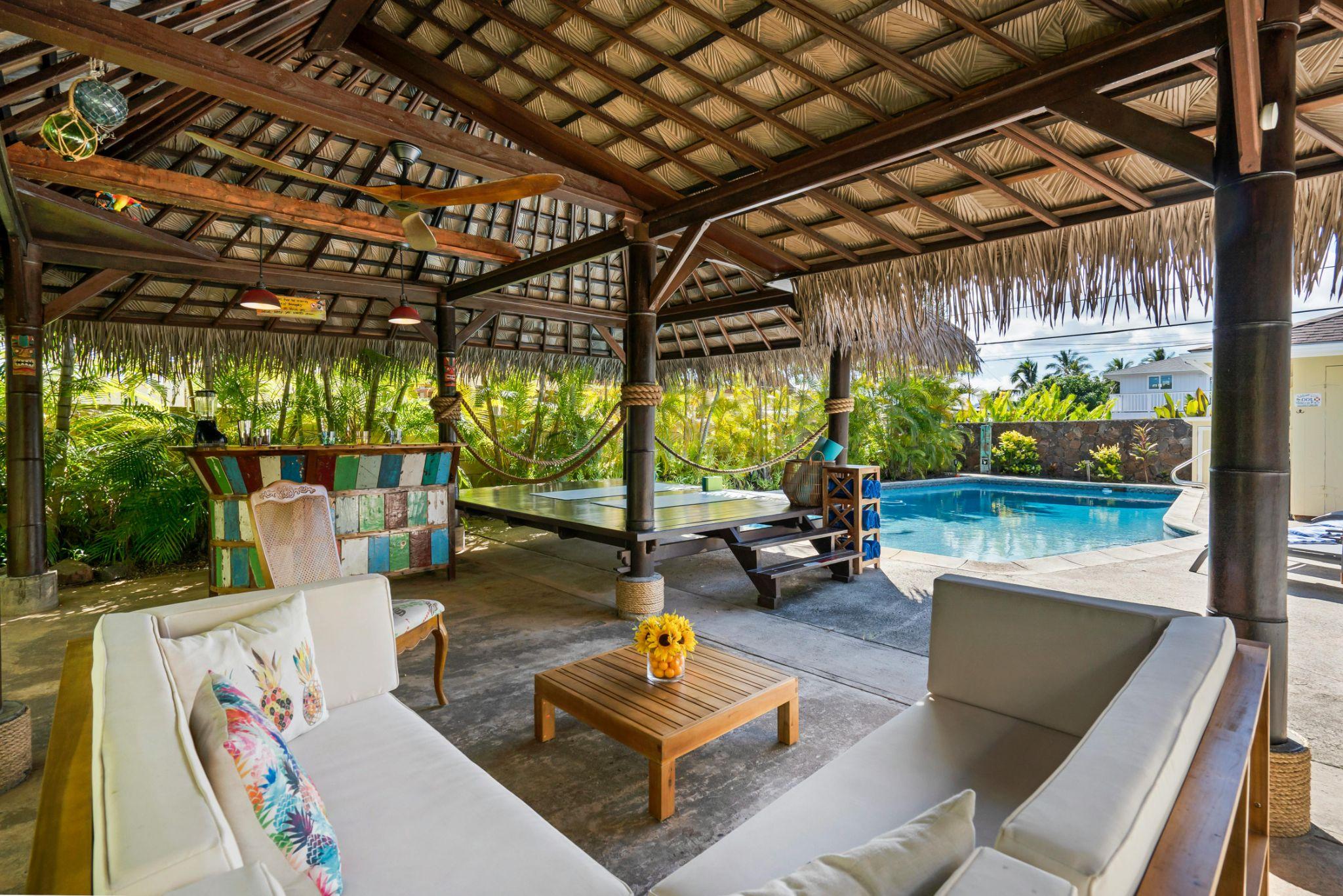
When horizontal space is limited, think vertically! Vertical gardening not only maximizes your planting area but also creates visual interest, improves privacy, and can even help cool your outdoor space.
Construct a Vertical Garden
Vertical gardens allow you to grow plants in even the smallest outdoor spaces. They’re perfect for herbs, succulents, small vegetables, and flowering plants.
Materials:
- Wooden pallets, trellis panels, or purpose-built vertical planters
- Landscape fabric
- Staple gun and staples
- Potting soil
- Plants
- Screws or mounting hardware
- Drill
- Plant watering system (optional)
Construction Steps:
- Prepare your structure – If using a pallet, sand rough edges and consider painting or staining it.
- Add backing – Line the back and sides with landscape fabric to contain soil, stapling it in place.
- Mount your structure – Secure your vertical garden to a wall, fence, or support structure.
- Add soil – Fill pockets or compartments with quality potting soil.
- Plant your selections – Insert plants, starting from the bottom and working up.
- Install irrigation – Consider adding a drip irrigation system for easier watering.
Best Plants for Vertical Gardens:
| Plant Type | Benefits | Care Level |
|---|---|---|
| Herbs (Basil, Thyme, Rosemary) | Edible, aromatic, practical | Easy |
| Succulents | Drought-tolerant, low maintenance | Very Easy |
| Ferns | Add texture, shade-tolerant | Moderate |
| Strawberries | Produce fruit, trailing habit | Moderate |
| Lettuce and Greens | Edible, quick growing | Easy |
| Petunias and Calibrachoa | Colorful flowers, trailing habit | Easy |
| Air Plants | No soil needed, unique appearance | Easy |
Maintenance Tips:
- Water more frequently than ground plants, as vertical gardens dry out faster
- Fertilize regularly with a diluted liquid fertilizer
- Replace plants as needed to maintain appearance
- Check for pests regularly, as infestations can spread quickly in close plantings
Build an Herb Spiral
An herb spiral is an ingenious garden design that creates multiple microclimates in a small space, allowing you to grow a variety of herbs with different needs in one compact area.
Materials:
- Bricks, stones, or concrete blocks (approximately 100-200 depending on size)
- Compost and potting soil
- Gravel for drainage
- Various herbs
- Measuring tape
- Garden hose or rope (for marking)
Construction Steps:
- Mark the footprint – Use a garden hose or rope to create a spiral shape, starting with a circle about 5-6 feet in diameter.
- Create foundation – Remove grass/weeds and add a layer of gravel for drainage.
- Build the walls – Starting from the outside, build the spiral walls with your chosen material, gradually increasing height toward the center (up to about 3 feet tall).
- Add soil – Fill with soil mixture, creating a slope from top to bottom.
- Plant herbs – Plant drought-tolerant herbs at the top (rosemary, thyme, sage) and moisture-loving herbs at the bottom (mint, parsley).
An herb spiral typically creates at least three distinct planting zones:
- Top zone – Sunny, well-drained, perfect for Mediterranean herbs
- Middle zone – Semi-moist, good for herbs like oregano and chives
- Bottom zone – Shadier and moister, ideal for mint, cilantro, and parsley
Add Ambiance with Lighting
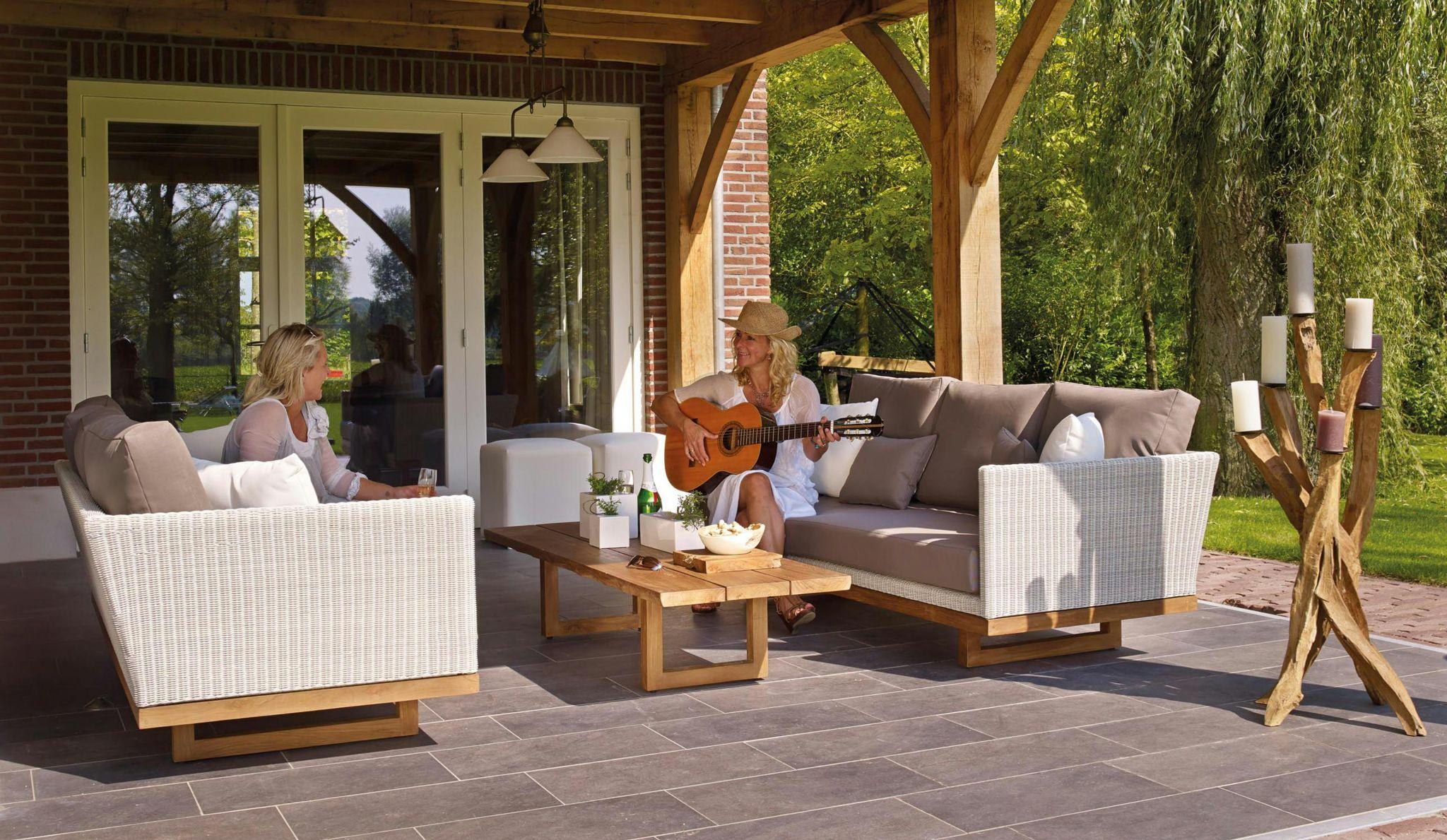
Outdoor lighting extends the usability of your backyard into the evening hours while creating a magical atmosphere. Strategic lighting transforms your garden from a daytime-only space into a 24-hour retreat.
Hang String Lights
String lights (also called fairy lights or bistro lights) create an instant festive atmosphere and provide gentle illumination for evening gatherings.
Hanging Techniques:
- Zigzag pattern – Run lights back and forth across a space, secured to sturdy points.
- Perimeter lighting – Run lights around the edge of a patio, deck, or pergola.
- Canopy effect – Create a “ceiling” of lights above a seating area.
- Tree wrapping – Wind lights around tree trunks and branches.
Materials:
- Outdoor-rated string lights
- Eye hooks, cup hooks, or guide wire
- Extension cords (outdoor-rated)
- Cable ties or garden wire
- Timer or smart plug (optional)
- Drill
- Ladder
Safety Considerations:
- Use only outdoor-rated lights and extension cords
- Keep connections off the ground and protected from moisture
- Secure wires to avoid trip hazards
- Consider using low-voltage systems for added safety
- Install a GFCI outlet if you don’t already have one outdoors
Install Solar-Powered Path Lights
Solar path lights enhance safety by illuminating walkways while adding charming visual elements to your landscape. They’re eco-friendly and eliminate the need for electrical wiring.
Installation Process:
- Map out placement – Space lights 6-8 feet apart along pathways or garden borders.
- Remove stakes – Take apart lights if necessary.
- Insert stakes – Push stakes firmly into the ground.
- Attach lights – Connect light fixtures to stakes.
- Allow for charging – Give lights a full day of sun before expecting maximum performance.
Comparison of Solar Light Options:
| Type | Brightness | Battery Life | Durability | Price Range | Best For |
|---|---|---|---|---|---|
| Basic Stake Lights | Low-Medium | 6-8 hours | Moderate | $2-5 each | Basic path marking |
| Premium Stake Lights | Medium-High | 8-12 hours | Good | $10-20 each | Garden accents |
| Spotlight | High | 6-10 hours | Very Good | $20-40 each | Highlighting features |
| Motion-Sensor Lights | Very High | 4-6 hours (when activated) | Good | $15-30 each | Security areas |
| String Solar Lights | Low | 6-8 hours | Moderate | $15-25 set | Decorative accents |
| Solar Lanterns | Medium | 6-8 hours | Good | $15-40 each | Tables, hanging |
Pro Tips:
- Position solar panels to receive maximum sunlight
- Clean panels occasionally to maintain efficiency
- Consider removing and storing premium lights during winter in harsh climates
- Look for lights with replaceable batteries to extend lifespan
Incorporate Functional Structures
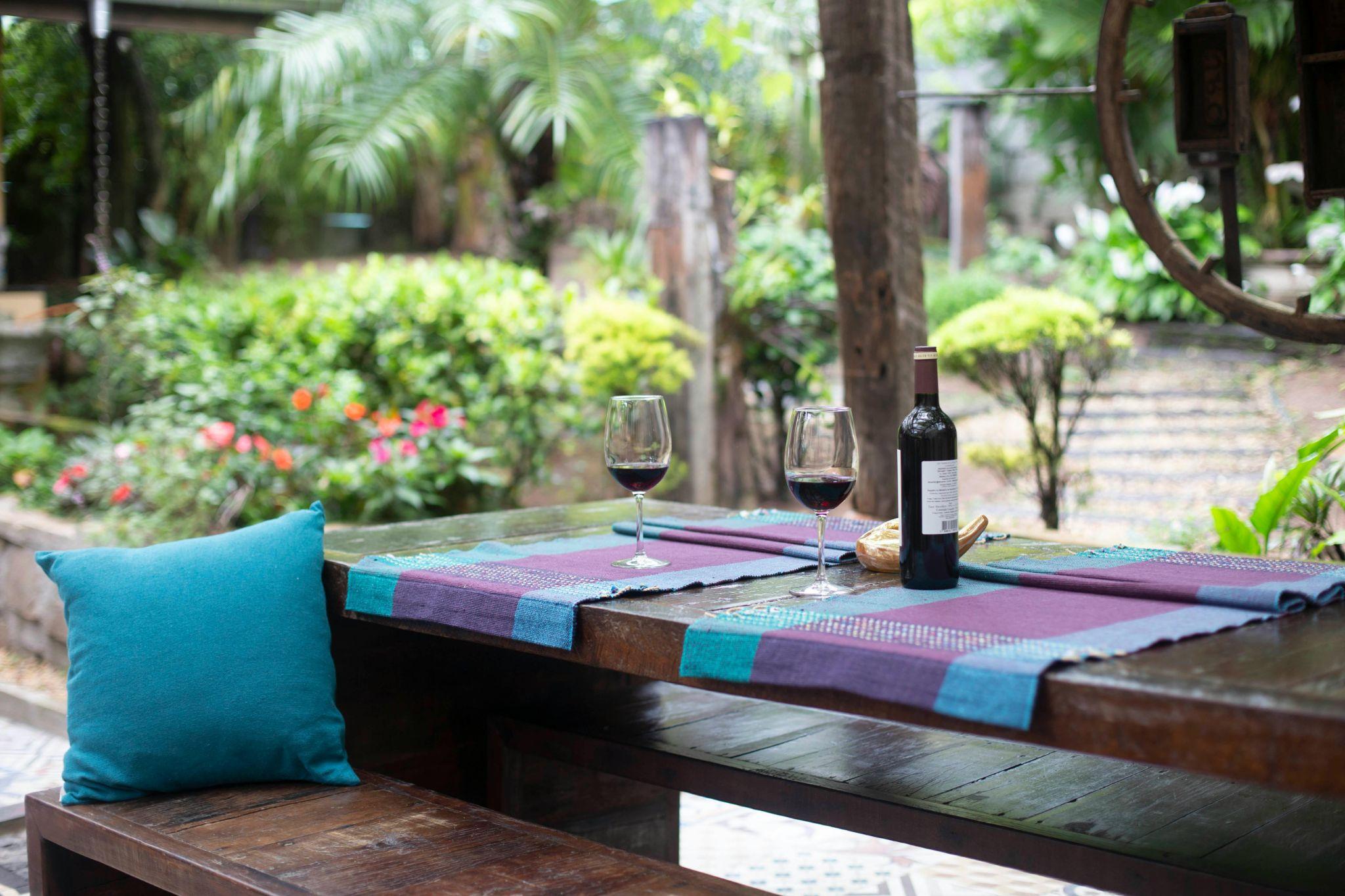
Adding architectural elements to your backyard not only enhances its appearance but also increases functionality, providing shade, storage, and defined spaces for different activities.
Build a Pergola
A pergola creates an outdoor room, defining space while providing filtered shade and a structure for climbing plants. It’s the perfect framework for creating an outdoor dining or lounging area.
Materials:
- Pressure-treated lumber or cedar (posts, beams, rafters)
- Concrete
- Gravel
- Post hole digger or power auger
- Level
- Drill and bits
- Screws and bolts
- Measuring tape
- Saw
- Optional shade cloth or retractable canopy
Basic Construction Steps:
- Plan your design – Determine size and height (typically 8-10 feet tall).
- Mark post locations – Typically 4 posts in a rectangle 8-12 feet apart.
- Dig post holes – Create holes 1/3 the height of your posts, about 10-12 inches in diameter.
- Set posts – Place posts in holes, add gravel for drainage, fill with concrete, and ensure they’re plumb.
- Attach support beams – Once concrete cures, attach horizontal beams to connect posts.
- Add cross beams – Install rafters perpendicular to support beams.
- Add finishing touches – Consider lattice sides, climbing plants, or a retractable canopy.
Design Options:
- Attached pergola – Connected to your house on one side
- Freestanding pergola – Placed anywhere in your yard
- Arched top – Adds architectural interest
- Louvered roof – Adjustable slats for variable shade
Create a Garden Shed
A garden shed provides essential storage while adding character to your landscape. Building your own allows you to customize the size, style, and features to perfectly suit your needs.
Materials:
- Pressure-treated lumber for framing
- Plywood for flooring and roof sheathing
- Siding (T1-11, board and batten, or vinyl)
- Roofing materials (shingles, metal, or corrugated panels)
- Door(s) and hardware
- Windows (optional)
- Nails and screws
- Foundation materials (concrete blocks, gravel, or poured slab)
Basic Construction Process:
- Prepare the site – Clear, level, and create a foundation.
- Build the floor frame – Construct using pressure-treated 2×6 or 2×8 lumber.
- Add flooring – Attach 3/4″ pressure-treated plywood.
- Frame the walls – Construct wall frames on the ground, then raise them.
- Install roof trusses – Add pre-built or site-built roof support.
- Add sheathing and roofing – Cover roof framework with plywood, then add roofing material.
- Attach siding – Cover exterior walls.
- Install door and windows – Add entries and natural light sources.
- Finish interior – Add shelving, hooks, and organization systems.
Customization Ideas:
- Potting bench – Include a built-in workspace for garden projects
- Tool organization – Install pegboard walls or specialized storage
- Solar power – Add a small panel for lighting
- Living roof – Create a green roof planted with sedums
- Rainwater collection – Integrate gutters and a rain barrel
- Dutch door – Install a split door for ventilation while keeping animals out
Personalize with Decorative Accents
The finishing touches you add to your backyard make it uniquely yours. Decorative elements express your personality and transform functional spaces into memorable outdoor environments.
Paint a Mural or Install Art
Outdoor art installations bring color, personality, and focal points to your garden. They can disguise unattractive features, enhance themes, and provide joy year-round.
Mural Ideas:
- Trompe l’oeil – Create the illusion of a window, door, or extended garden
- Abstract designs – Add color and movement with non-representational patterns
- Nature scenes – Extend your garden with painted flowers, landscapes, or wildlife
- Geometric patterns – Create modern, clean designs with shapes and bold colors
Materials for Outdoor Art:
- Exterior-grade paints
- Marine-grade varnish or sealer
- Weather-resistant materials (metal, stone, treated wood, ceramic)
- UV-resistant coatings
Weatherproofing Tips:
- Use quality exterior paints designed to withstand sun and moisture
- Apply multiple protective clear coats over artwork
- Create proper drainage for three-dimensional pieces
- Consider seasonal storage for valuable or delicate items
- Install art slightly elevated from the ground to prevent water damage
DIY Outdoor Furniture
Custom-built outdoor furniture allows you to create pieces perfectly sized for your space while saving money and expressing your creativity.
Simple Pallet Bench Project:
Materials:
- 2-3 wooden pallets
- Sandpaper (60, 120, and 220 grit)
- Exterior wood stain or paint
- Polyurethane sealer
- Screws
- Drill
- Saw
- Cushions or outdoor fabric
Construction Steps:
- Disassemble or cut pallets as needed for your design
- Sand thoroughly to remove splinters and rough edges
- Construct bench frame using the sturdiest pallet pieces
- Add seat and backrest using remaining boards
- Sand again for a smooth finish
- Stain or paint in your desired color
- Seal thoroughly with exterior-grade polyurethane
- Add cushions made from outdoor fabric
Other DIY Furniture Ideas:
- Concrete block and wood bench – Alternate cinder blocks and treated lumber for an industrial-modern look
- Adirondack chairs – Classic, comfortable seating with plans widely available online
- Outdoor dining table – Build from reclaimed wood for a rustic farmhouse feel
- Sectional seating – Create modular pieces that can be rearranged as needed
- Hanging daybed – Suspended platform bed for ultimate relaxation
Conclusion
Transforming your backyard doesn’t require a professional landscaper or an enormous budget. With these DIY backyard projects, you can gradually create an outdoor space that reflects your personality and meets your needs for relaxation, entertainment, and connection with nature.
Start with smaller projects like installing path lights or building a vertical garden, then work your way up to larger undertakings like pergolas or fire pits. Each completed project will build your confidence and skills while enhancing your outdoor living experience.
Remember that your backyard is an extension of your home and a reflection of your lifestyle. By investing time in these DIY projects, you’re creating not just a beautiful space, but also a setting for memories with family and friends for years to come.
[Top]Top Outdoor Kitchen Ideas for Every Budget
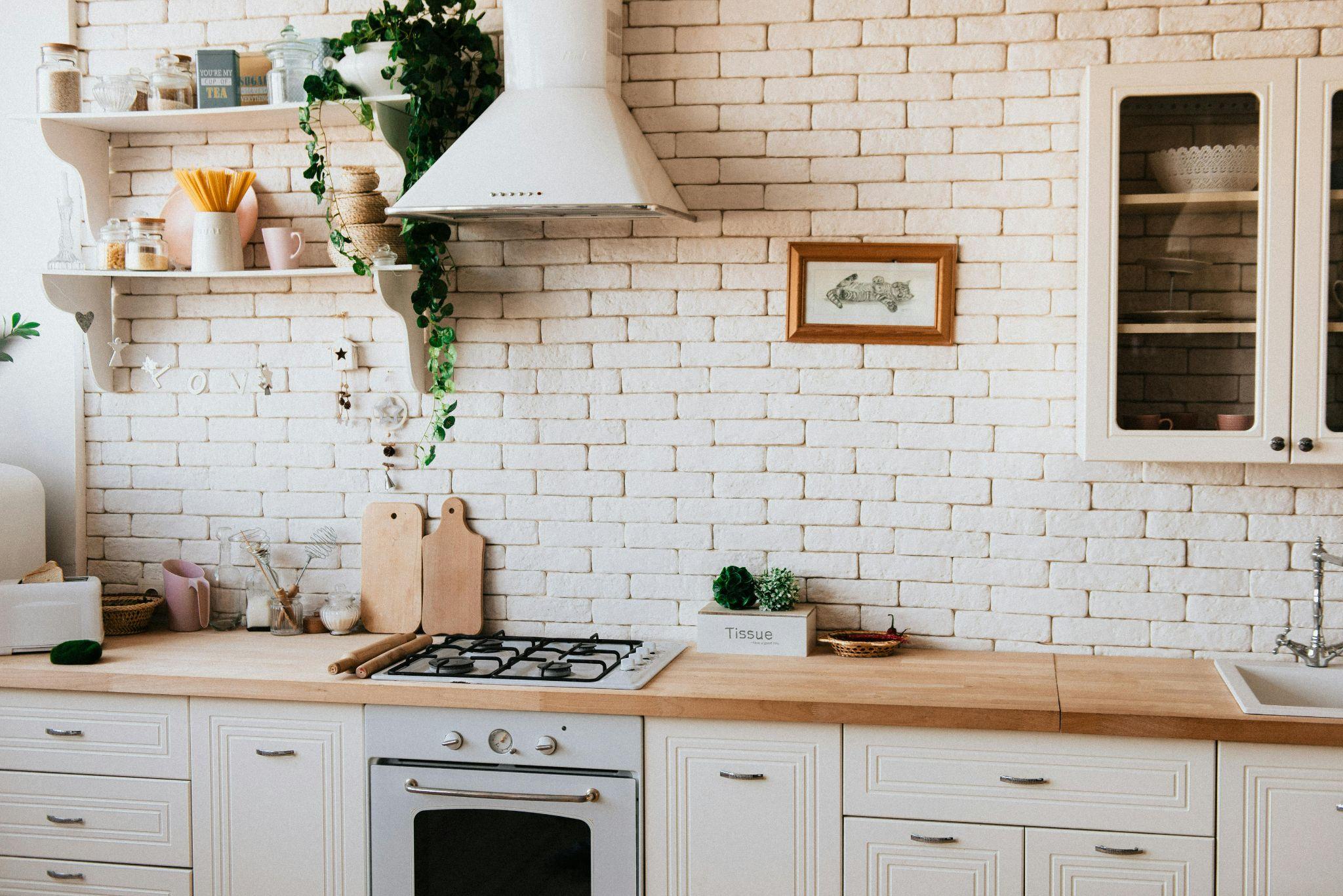
Outdoor kitchens have become the crown jewel of modern home improvements, transforming ordinary backyards into sophisticated living spaces. Whether you’re working with a modest budget or planning a luxury outdoor oasis, these versatile additions not only extend your living area but can significantly boost your property’s value. From simple grill stations to elaborate cooking and entertainment zones, there’s an outdoor kitchen solution for every homeowner’s vision and budget.
Outdoor Kitchen Design Basics
Creating the perfect outdoor kitchen starts with thoughtful planning and design. The key is striking the right balance between functionality and aesthetics while considering your specific needs and space constraints.
Choosing the Right Location
The success of your outdoor kitchen largely depends on its placement. Consider positioning your kitchen where it’s easily accessible from your indoor kitchen while maintaining a comfortable distance from living areas to manage smoke and cooking odors. Natural factors play a crucial role too—evaluate wind patterns to prevent smoke from blowing into your home or dining area, and consider sun exposure throughout the day to ensure comfortable cooking conditions.
For homes in northern climates, positioning the kitchen where it receives morning sun and afternoon shade can extend its seasonal use. Southern homes might benefit from additional shade structures to make cooking comfortable during peak summer hours.
Layout and Floor Plans
Your outdoor kitchen’s layout should promote efficient workflow while maximizing available space. Each design configuration offers distinct advantages:
The L-shaped layout works exceptionally well for medium-sized spaces, offering a dedicated cooking zone while maintaining an open feel. This design typically requires 150-200 square feet and works well for incorporating a dining area within the space.
U-shaped layouts provide maximum functionality for larger spaces, creating distinct zones for preparation, cooking, and cleaning. These designs typically need 200-300 square feet but offer the most comprehensive outdoor cooking experience.
Island layouts shine in smaller spaces under 150 square feet, providing 360-degree access and excellent flexibility for entertaining. They’re particularly effective when space efficiency is crucial.
Budget-Friendly Outdoor Kitchen Ideas
Creating an inviting outdoor kitchen doesn’t require a fortune. Smart planning and strategic choices can help you build an attractive and functional space without breaking the bank.
Simple BBQ Grills and Basic Fixtures
Start with a quality freestanding grill as your centerpiece. Modern freestanding grills offer excellent value, with many featuring side burners and storage space. While built-in grills might be the dream, a well-chosen freestanding unit can provide comparable cooking performance at a fraction of the cost.
Consider a modular approach to your kitchen setup. Begin with essential elements like a grill and prep surface, then add features over time as your budget allows. This approach helps manage initial costs while leaving room for future improvements.
Cost-Effective Materials for Outdoor Kitchens
Concrete countertops offer remarkable durability and style at an affordable price point. When properly sealed, they withstand weather excellently and can be customized with different colors and finishes. For flooring, consider stamped concrete or outdoor-rated porcelain tiles, which provide durability and style without the high cost of natural stone.
Wooden cabinetry, when properly treated for outdoor use, can offer significant savings compared to stainless steel alternatives. Cedar and teak naturally resist weather and insects, making them excellent choices for budget-conscious homeowners.
Mid-Range Outdoor Kitchen Ideas
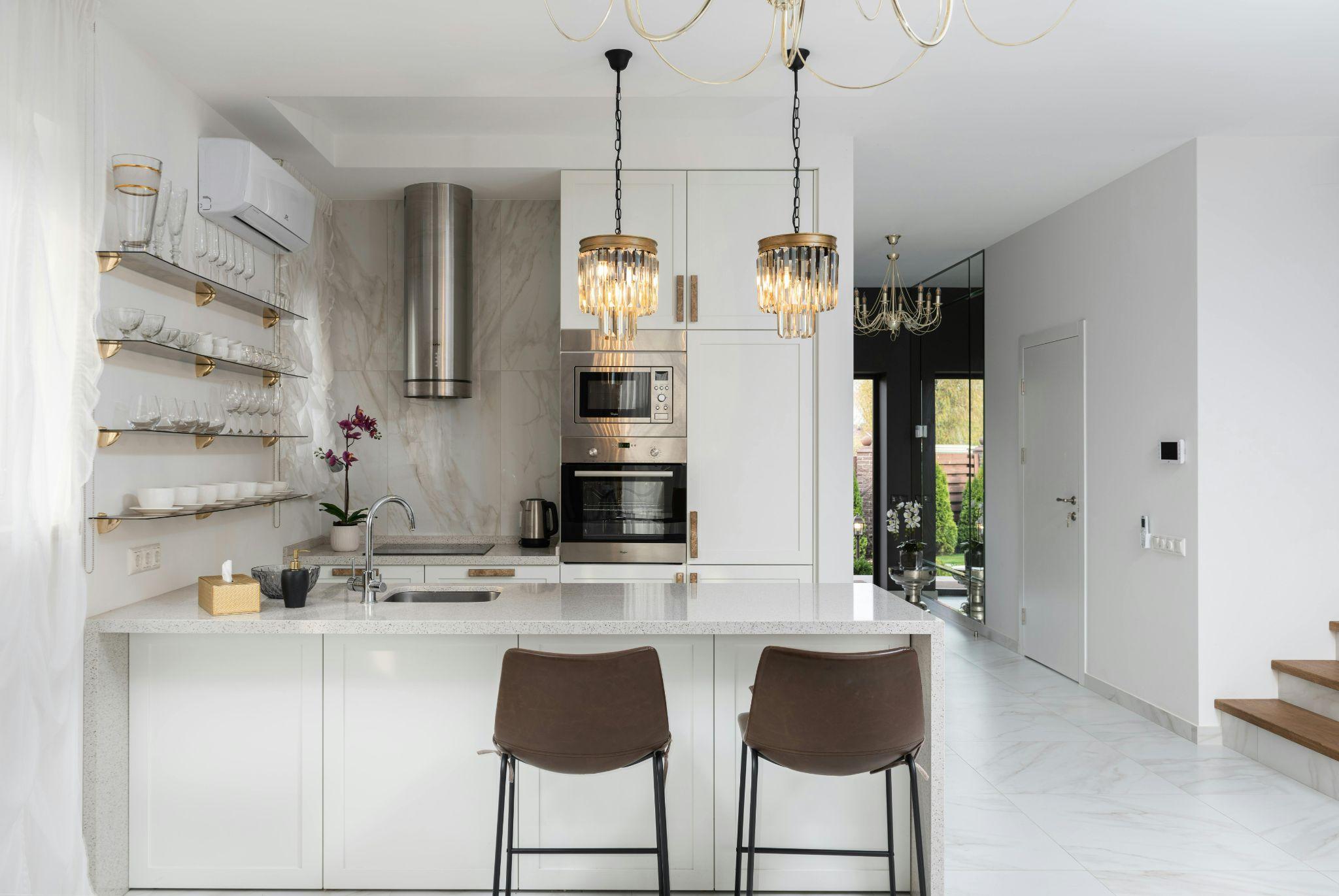
Mid-range outdoor kitchens blend quality and functionality, incorporating more permanent fixtures and specialized cooking equipment without reaching luxury price points.
Adding a Pizza Oven or Smoker
A pizza oven can transform your outdoor kitchen into a genuine culinary destination. Modern prefabricated pizza ovens offer excellent performance while costing significantly less than custom-built brick ovens. Position your pizza oven away from main traffic areas, as they require proper clearance for safety and heat management.
Smokers add versatility to your outdoor cooking arsenal. Consider vertical smokers for smaller spaces or offset smokers if you frequently cook for larger groups. Many modern smokers include temperature control features that make smoking meats more approachable for beginners.
Upgrading to Stainless Steel Appliances
Investing in stainless steel appliances marks a significant upgrade in both functionality and durability. Focus on grade-304 stainless steel for the best balance of durability and cost. Key upgrades might include:
A built-in grill with higher BTU output and better heat control A compact outdoor refrigerator for beverages and ingredients A stainless steel sink with cold water connection
Luxury Outdoor Kitchen Ideas
Luxury outdoor kitchens represent the pinnacle of outdoor living, incorporating professional-grade appliances and premium materials throughout the space.
High-End Built-In Grills and Outdoor Refrigerators
Premium built-in grills from manufacturers like Lynx, DCS, or Wolf offer restaurant-quality cooking capabilities. Look for features like:
Infrared searing stations for steakhouse-quality results Rotisserie systems with dedicated burners Smart temperature monitoring and control Specialized smoking drawers
Full-size outdoor refrigerators with freezer compartments keep ingredients fresh and beverages cold. Wine coolers and ice makers can be integrated for comprehensive beverage service.
Custom Bars, Fire Pits, and Entertainment Areas
Incorporate a fully equipped bar with refrigerated drawers, wine storage, and a beer tap system. Stadium-style LED lighting can illuminate work surfaces while creating ambiance. Consider adding a pergola with a louvered roof system for year-round comfort.
High-end entertainment features might include:
Weather-resistant 4K TVs with surround sound Custom fire features that double as dining areas Climate control systems for consistent comfort
Outdoor Kitchen Accessories and Features
The right accessories enhance functionality and convenience across all budget levels.
Outdoor Lighting and Heating
Layer your lighting for both functionality and atmosphere:
Task lighting over cooking and prep areas Ambient lighting for dining spaces Path lighting for safety Under-counter LED strips for visual interest
For heating, consider:
Overhead infrared heaters for targeted warmth Built-in gas heaters integrated into walls or columns Portable propane heaters for flexibility
Storage Solutions for Outdoor Kitchens
Weather-resistant storage solutions protect your investment and keep essentials organized:
Pull-out trash and recycling bins Sealed drawers for utensils and tools Dedicated fuel storage for grills and smokers Weatherproof cabinets for cleaning supplies
DIY Outdoor Kitchen Ideas
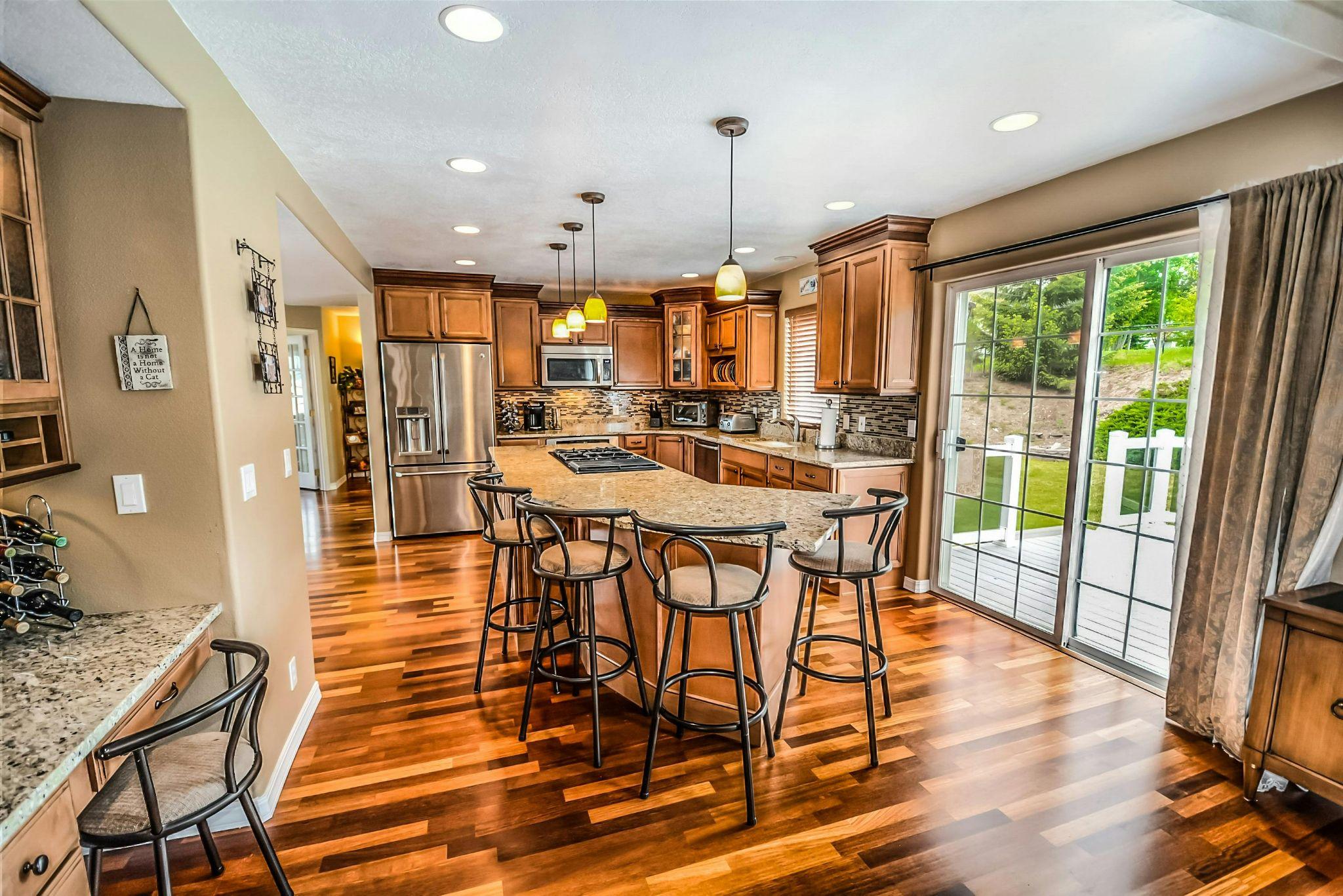
Taking the DIY approach can significantly reduce costs while creating a personalized outdoor cooking space.
Building Your Own Grill Station
Create a custom grill station using concrete blocks or metal studs as the base structure. Face it with stone veneer or tile for a professional look. Include proper ventilation and non-combustible materials behind and around the grill.
DIY Countertops and Shelving
Pour your own concrete countertops using melamine forms and concrete mix designed for countertops. Add glass fiber reinforcement for additional strength. For shelving, consider using pressure-treated lumber sealed with marine-grade finishes or aluminum brackets with cedar planks.
Maintenance Tips for Outdoor Kitchens
Regular maintenance ensures your outdoor kitchen remains functional and attractive for years to come.
Protecting Your Outdoor Kitchen from the Elements
Invest in quality covers for all appliances and furniture. Apply appropriate sealants to countertops and natural stone surfaces annually. Consider installing a roof or pergola over the entire kitchen area for maximum protection.
Routine Cleaning and Care
Establish a regular maintenance schedule:
Deep clean grills and smokers monthly Inspect and clean burners every three months Check and tighten gas connections twice yearly Clean and reseal natural stone surfaces annually Test refrigeration temperatures weekly during peak season
Conclusion
Creating your ideal outdoor kitchen doesn’t require unlimited funds—it requires thoughtful planning and smart choices. Whether you’re starting with a basic grill station or designing a comprehensive outdoor entertainment space, focus on quality materials and proper installation to ensure longevity. Remember that your outdoor kitchen can evolve over time, allowing you to start with essential elements and add features as your needs and budget allow. The key is creating a space that enhances your lifestyle while providing years of enjoyment for family and friends.
[Top]Creating a Cozy Living Room: Design Ideas for a Warm and Inviting Space
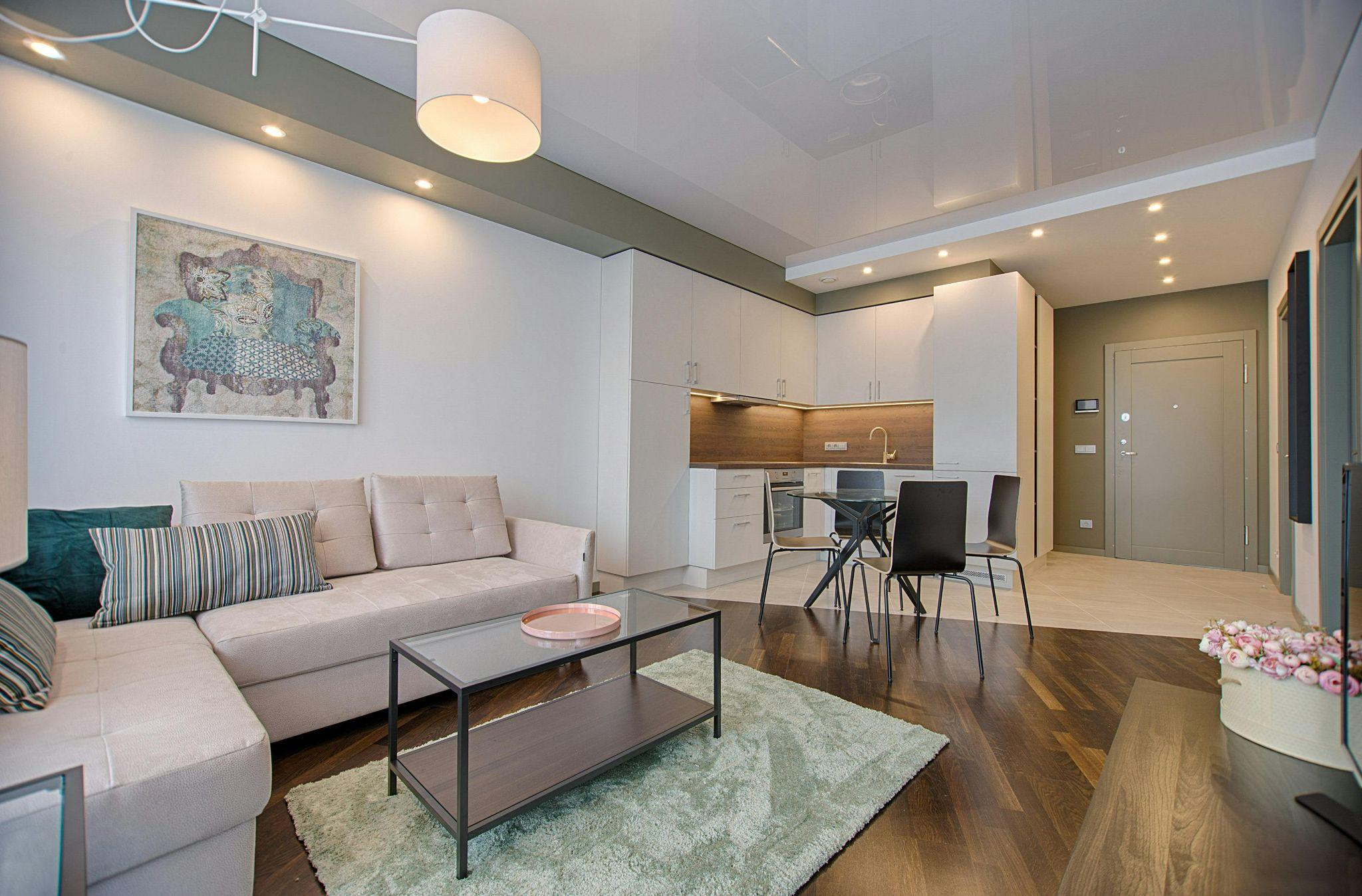
Transform your living room into a sanctuary of comfort and warmth with thoughtful design choices that create an inviting atmosphere for family and guests alike. A well-designed living room serves as the heart of your home, where comfort meets style to create lasting memories.
Understanding the Essentials of a Cozy Living Room
The foundation of a cozy living space lies in understanding how different elements work together harmoniously. A truly inviting living room balances aesthetic appeal with practical comfort, creating an environment where people naturally want to gather and relax.
| Essential Element | Impact on Coziness | Key Considerations |
|---|---|---|
| Lighting | Sets mood and atmosphere | Multiple light sources, warm tones |
| Furniture | Provides comfort and function | Ergonomic design, plush materials |
| Color Scheme | Creates emotional response | Warm, inviting palette |
| Texture | Adds depth and interest | Layer different materials |
| Layout | Facilitates flow and interaction | Balance and accessibility |
The Role of Color in Creating a Cozy Atmosphere
The psychology of color plays a crucial role in establishing a warm and welcoming environment. Warm color palettes can instantly transform a sterile space into an inviting retreat. Consider incorporating:
- Rich earth tones like terracotta and bronze
- Deep jewel tones such as emerald and burgundy
- Soft neutrals including cream, taupe, and warm gray
- Accent colors that complement your primary palette
When selecting your color scheme, consider the natural light in your space and how colors may appear different throughout the day. Color psychology suggests that warm tones advance while cool tones recede, allowing you to manipulate the perceived dimensions of your room.
Choosing the Right Furniture for Comfort and Style
Furniture selection forms the backbone of your cozy living room design. Focus on pieces that invite relaxation while maintaining visual appeal.
| Furniture Type | Recommended Materials | Comfort Features |
|---|---|---|
| Sofas | Performance velvet, bouclé | Deep seats, plush cushions |
| Armchairs | Leather, chenille | High backs, wide arms |
| Ottoman | Woven fabric, suede | Soft edges, sturdy frame |
| Side Tables | Wood, mixed materials | Rounded corners, accessible height |
Comprehensive Guide to Living Room Lighting
Understanding the Art of Layered Lighting
The key to creating a cozy atmosphere through lighting lies in understanding and implementing multiple layers of light. Each layer serves a specific purpose and contributes to the overall ambiance of your space.
| Lighting Layer | Primary Purpose | Best Placement | Recommended Fixtures |
|---|---|---|---|
| Ambient | Overall illumination | Ceiling, walls | Chandeliers, recessed lights, wall sconces |
| Task | Focused lighting for activities | Reading nooks, work areas | Floor lamps, table lamps, desk lights |
| Accent | Highlighting decor elements | Art pieces, architectural features | Picture lights, LED strips, spotlights |
Smart Solutions for Ambient Lighting
Your primary light source should provide balanced illumination while maintaining flexibility. Consider these innovative approaches:
- Ceiling-Mounted Options:
- Install a dimmer-compatible chandelier for adjustable brightness
- Use multiple flush-mount fixtures for even distribution
- Incorporate recessed lighting on separate switches for zone control
- Wall-Mounted Solutions:
- Position sconces at eye level (approximately 5.5-6 feet high)
- Space wall lights 8-10 feet apart for optimal coverage
- Choose fixtures that direct light both upward and downward
The Impact of Color Temperature
Light temperature significantly affects the coziness of your space. Understanding Kelvin ratings helps create the perfect atmosphere:
| Kelvin Range | Light Quality | Best Used For |
|---|---|---|
| 2000-2700K | Warm, golden | Evening relaxation |
| 2700-3000K | Soft white | General living areas |
| 3000-3500K | Bright white | Task lighting |
| 3500-4000K | Cool white | Display areas |
Creating Intimate Zones with Task Lighting
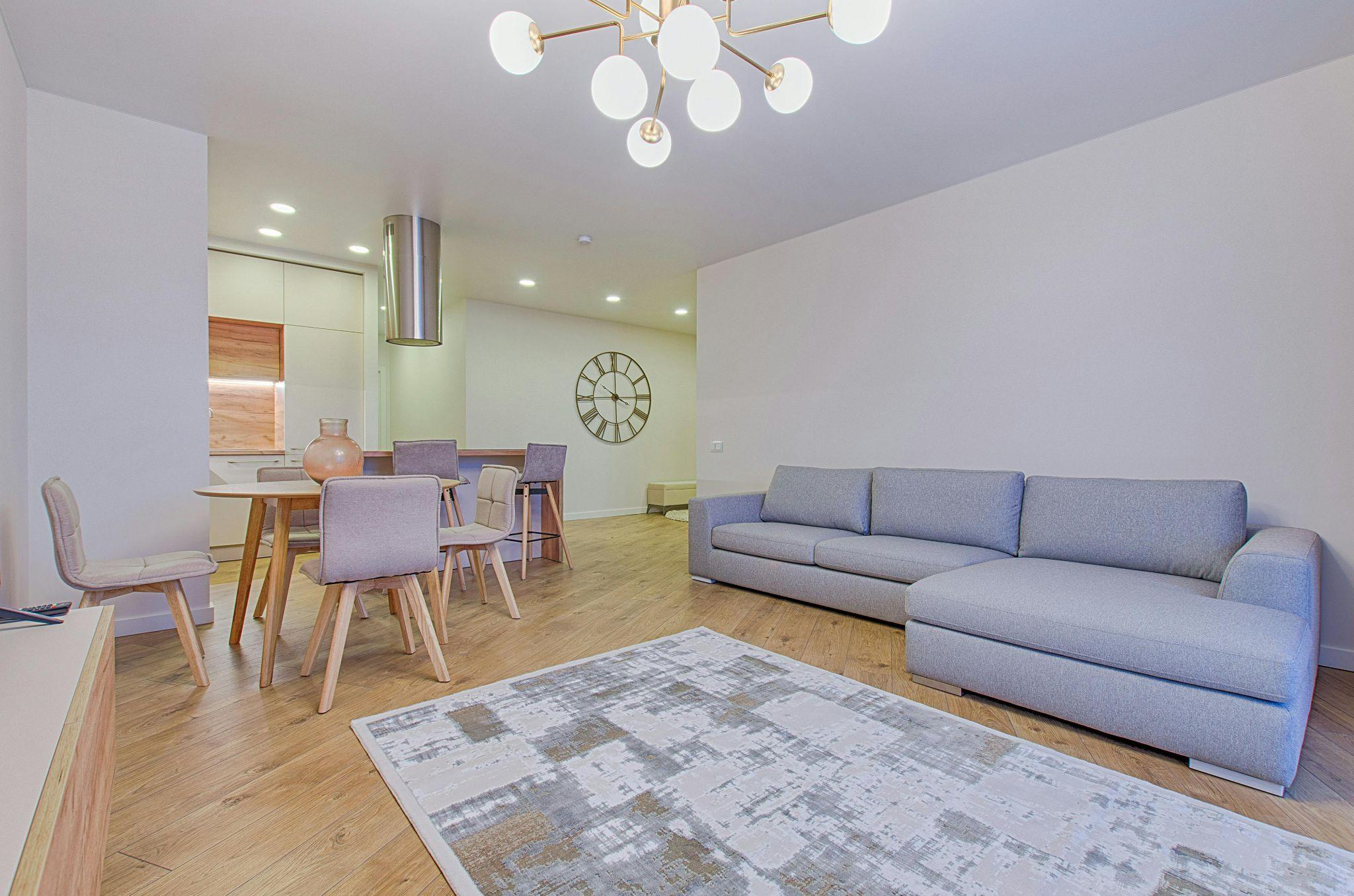
Task lighting enhances functionality while contributing to the overall cozy ambiance:
- Reading Areas:
- Position adjustable floor lamps behind seating
- Use table lamps with 60-75 watt equivalent bulbs
- Install swing-arm wall lamps for space-saving solutions
- Conversation Spaces:
- Place table lamps on side tables at eye level when seated
- Use matching pairs for balanced illumination
- Select shades that direct light downward
Innovative Accent Lighting Techniques
Transform your living room with strategic accent lighting:
| Accent Type | Effect | Implementation Tips |
|---|---|---|
| Cove Lighting | Soft, indirect glow | Install LED strips along ceiling edges |
| Picture Lights | Focused artwork illumination | Mount 6-8 inches above frames |
| Uplighting | Dramatic shadows | Place floor spots behind plants or furniture |
| Cabinet Lighting | Subtle ambient glow | Use battery-operated puck lights |
Smart Technology Integration
Enhance your lighting scheme with modern technology:
- Smart Bulbs and Fixtures:
- Program different lighting scenes for various activities
- Set automated schedules for natural transitions
- Control brightness and color temperature via smartphone
- Motion Sensors and Timers:
- Install occupancy sensors in less-used areas
- Use light timers for consistent ambiance
- Integrate with home automation systems
Natural Light Optimization
Make the most of daylight while maintaining privacy and comfort:
- Window Treatment Strategies:
- Layer sheer curtains with blackout panels
- Install top-down, bottom-up shades
- Use light-filtering window films
- Light-Directing Techniques:
- Position mirrors opposite windows
- Use light-colored surfaces to reflect natural light
- Arrange furniture to maximize daylight flow
Seasonal Lighting Adjustments
Adapt your lighting scheme throughout the year:
| Season | Lighting Focus | Recommended Adjustments |
|---|---|---|
| Winter | Warm, bright light | Increase overall brightness, use warmer bulbs |
| Spring | Natural light enhancement | Clean windows, lighter window treatments |
| Summer | Cool, subtle illumination | Reduce artificial lighting, maximize natural light |
| Fall | Layered, warm lighting | Add candles, increase accent lighting |
Remember that successful living room lighting requires a balance between functionality and atmosphere. Start with a solid ambient lighting foundation, add targeted task lighting where needed, and finish with accent lighting to highlight your room’s best features. Regular maintenance and seasonal adjustments will ensure your lighting scheme continues to create the cozy atmosphere you desire.
When selecting specific fixtures and bulbs, always consider:
- The size of your space
- Ceiling height
- Natural light availability
- Primary room activities
- Existing decor style
- Energy efficiency
- Maintenance requirements
With thoughtful planning and implementation, your lighting choices can transform your living room into a warm, welcoming space that adapts to your needs throughout the day and across seasons.
Incorporating Textures for a Warm and Inviting Feel
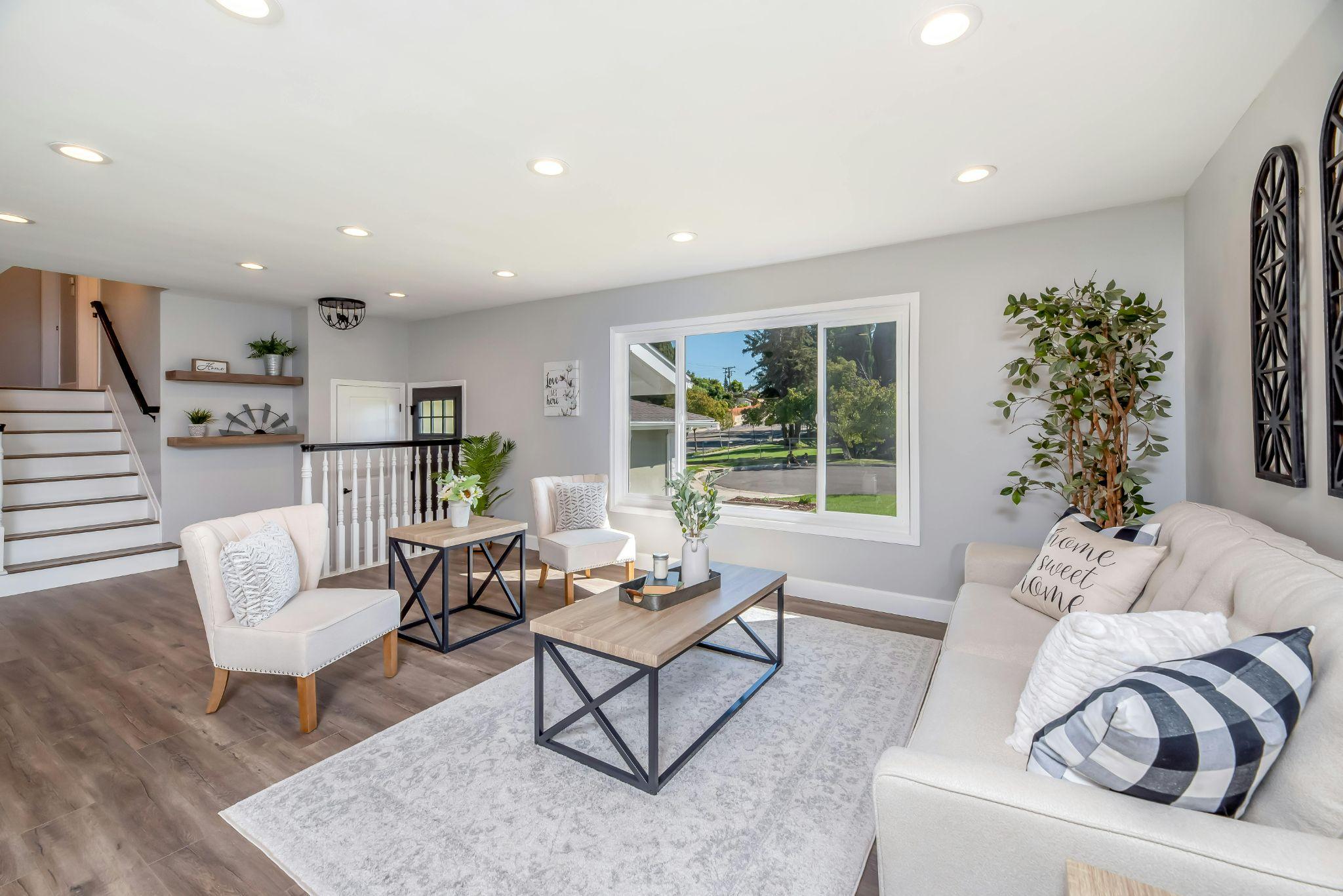
Tactile elements add depth and interest to your living room while enhancing comfort. Layer different textures to create a rich, inviting environment:
| Texture Type | Examples | Best Uses |
|---|---|---|
| Soft | Velvet, chenille, fur | Pillows, throws |
| Rough | Jute, sisal, wool | Rugs, wall hangings |
| Smooth | Leather, silk, cotton | Upholstery, curtains |
| Natural | Wood, stone, plants | Accent pieces, furniture |
Cozy Rugs, Pillows, and Throws
Textile accessories are essential for creating layers of comfort:
-
Choose a rug that:
- Anchors your furniture arrangement
- Provides warmth underfoot
- Adds visual interest through pattern or texture
-
Select pillows that:
- Offer various sizes and shapes
- Include both firm and soft fills
- Coordinate with your color scheme
-
Add throws that:
- Provide practical warmth
- Introduce additional texture
- Create visual interest through draping
Creating a Focal Point in Your Cozy Living Room
A strong focal point draws the eye and helps organize your space. Popular options include:
- Fireplace Design: Traditional or modern, real or electric
- Statement Art: Large-scale paintings or gallery walls
- Media Center: Thoughtfully designed entertainment setup
- Picture Window: Highlighting beautiful outdoor views
Layering Lighting for Visual Appeal
Create atmosphere through strategic lighting placement:
| Lighting Layer | Purpose | Example Fixtures |
|---|---|---|
| Ambient | Overall illumination | Chandeliers, recessed lights |
| Task | Functional lighting | Table lamps, floor lamps |
| Accent | Highlighting features | Picture lights, cabinet lighting |
| Natural | Daylight integration | Windows, skylights |
Bringing Nature Inside: Plants and Natural Elements
Incorporate biophilic design elements to enhance your living room’s connection to nature:
-
Select plants that:
- Thrive in your light conditions
- Match your maintenance capabilities
- Complement your design style
-
Include natural materials:
- Wooden furniture pieces
- Stone or ceramic accessories
- Woven baskets and textiles
Seasonal Decor Ideas for a Cozy Living Room
Adapt your space throughout the year while maintaining its cozy essence:
| Season | Color Palette | Textures | Accessories |
|---|---|---|---|
| Winter | Deep greens, burgundy | Velvet, wool | Thick throws, candles |
| Spring | Soft pastels, cream | Cotton, linen | Fresh flowers, light curtains |
| Summer | Blues, neutrals | Jute, cotton | Botanical prints, light throws |
| Fall | Amber, rust | Knits, leather | Dried flowers, warm textiles |
Maintaining a Cozy Living Room Over Time
Keep your living room inviting and fresh with regular maintenance:
- Weekly Tasks:
- Fluff pillows and throws
- Dust surfaces and vacuum
- Rotate accessories for visual interest
- Monthly Tasks:
- Deep clean upholstery
- Check and clean lighting fixtures
- Assess plant health and maintenance
- Seasonal Tasks:
- Rotate seasonal decor
- Deep clean rugs and curtains
- Evaluate furniture arrangement
Remember that creating a cozy living room is an ongoing process. Start with quality foundational pieces, layer in personal touches, and allow your space to evolve with your needs and preferences. Focus on creating a balance between aesthetic appeal and practical comfort, ensuring your living room remains a welcoming haven for years to come.
[Top]Eco-Friendly Home Design: Sustainable Materials and Practices
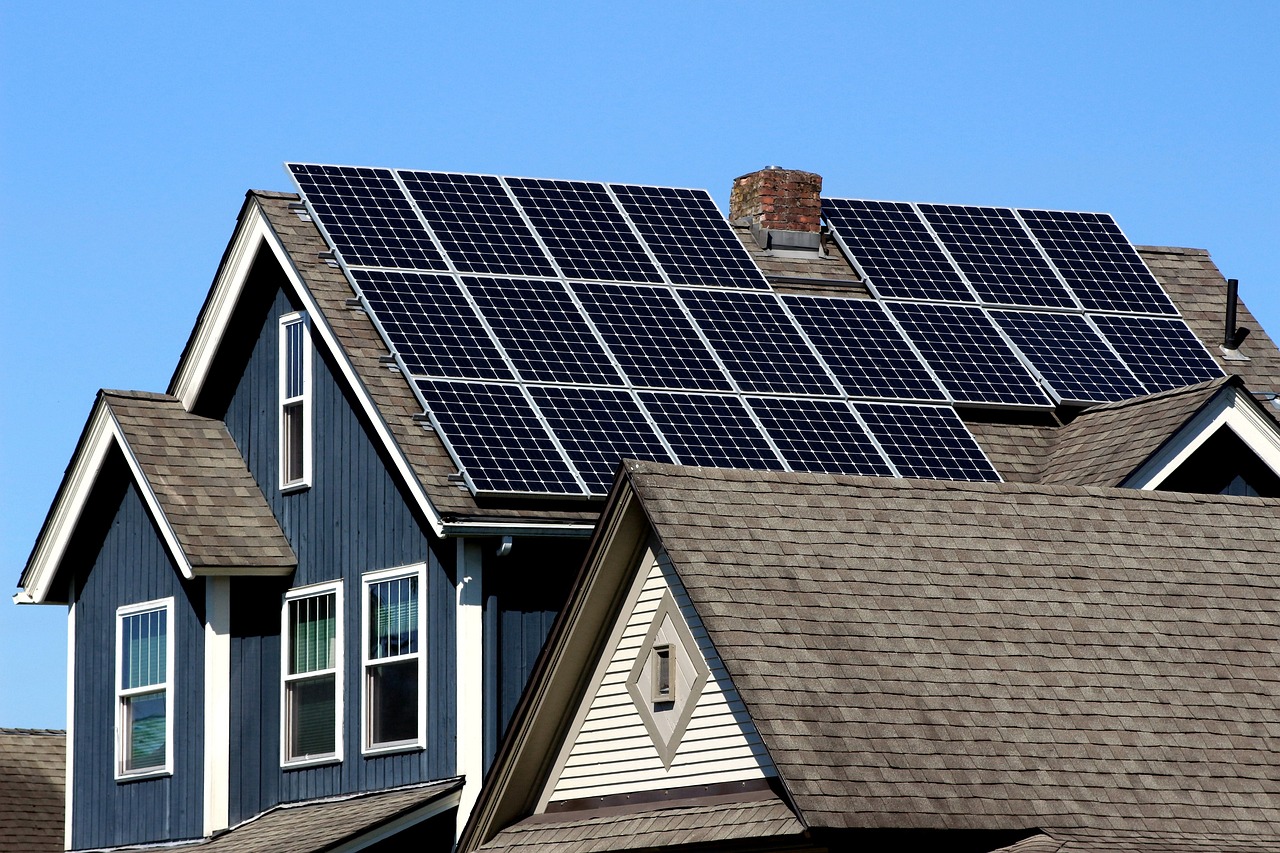
The evolution of modern architecture has witnessed a profound shift toward sustainable home design, driven by increasing environmental awareness and the urgent need to reduce carbon footprints. This comprehensive approach to construction integrates environmentally responsible practices with cutting-edge technology, creating homes that not only minimize environmental impact but also provide healthier living spaces while reducing long-term operational costs.
Understanding Sustainable Materials
The foundation of eco-friendly construction lies in the thoughtful selection of sustainable building materials. These materials are characterized by their minimal environmental impact throughout their lifecycle, from extraction and manufacturing to installation and eventual disposal or recycling.
Renewable Resources
Renewable construction materials offer exceptional environmental benefits while maintaining high performance standards:
- Bamboo Construction Elements – Reaching maturity in just 3-5 years, bamboo provides exceptional strength-to-weight ratios comparable to steel in certain applications. Its rapid growth cycle makes it highly sustainable, while its natural resistance to moisture and pests reduces the need for chemical treatments.
- Cork Building Components – Harvested every 9 years without harming the tree, cork offers outstanding thermal and acoustic properties. Its cellular structure provides natural insulation and fire resistance, while its antimicrobial properties make it ideal for allergy-sensitive environments.
- Hemp-Based Materials – Growing to harvest-ready status in just 4 months, hemp can be processed into various building materials, including hempcrete (a concrete alternative), insulation, and composite panels. These products offer excellent moisture regulation and carbon-negative properties.
- Natural Fiber Insulation – Materials like sheep’s wool, cellulose, and cotton provide superior insulation while utilizing renewable or recycled resources. These materials offer excellent moisture management and natural fire resistance without the need for chemical additives.
Recycled and Reclaimed Materials
The integration of recycled and reclaimed materials significantly reduces construction waste and resource consumption:
| Material | Energy Savings | CO2 Reduction | Durability Rating | Applications |
|---|---|---|---|---|
| Recycled Steel | 75% | 58% | 50+ years | Structural frames, roofing |
| Reclaimed Wood | 100% | 100% | 100+ years | Flooring, beams, siding |
| Recycled Glass | 50% | 40% | Indefinite | Countertops, tiles, insulation |
| Recycled Plastic | 70% | 65% | 30+ years | Decking, fencing, insulation |
| Recycled Aluminum | 95% | 92% | 80+ years | Windows, doors, siding |
Sustainable Building Practices

Modern eco-friendly construction encompasses comprehensive approaches to energy efficiency and resource conservation, incorporating both passive and active strategies to minimize environmental impact.
Energy-Efficient Design
Advanced energy-efficient design strategies incorporate multiple elements working in harmony:
- Passive Solar Design Integration
- Strategic window placement for optimal solar gain
- Thermal mass materials for heat storage and distribution
- Natural ventilation systems for temperature regulation
- Seasonal shade considerations using architectural elements
- Building Envelope Optimization
- Advanced air sealing techniques
- Multi-layer insulation systems
- High-performance windows and doors
- Thermal bridge prevention strategies
- Smart Technology Integration
- Automated climate control systems
- Occupancy-based lighting controls
- Energy monitoring and management systems
- Smart appliance integration
Water Conservation Techniques
Contemporary water conservation approaches combine traditional methods with modern technology:
| System | Annual Water Savings | Installation Cost | Maintenance Requirements | Lifespan |
|---|---|---|---|---|
| Greywater Recycling | 50-80% | $2,000-5,000 | Quarterly filter change | 20+ years |
| Rainwater Harvesting | 30-50% | $3,000-8,000 | Annual tank cleaning | 25+ years |
| Smart Irrigation | 20-40% | $1,000-3,000 | Bi-annual programming | 10+ years |
| Low-Flow Fixtures | 30-60% | $500-2,000 | Minimal | 15+ years |
Incorporating Eco-Friendly Features

The integration of sustainable technologies transforms conventional homes into high-performance, environmentally responsible living spaces.
Renewable Energy Systems
Modern renewable energy solutions provide comprehensive power management:
- Advanced Solar Integration
- Bifacial solar panels for increased efficiency
- Integrated solar tiles for aesthetic appeal
- Smart inverter systems for optimal power management
- Battery storage solutions for energy independence
- Geothermal Systems
- Ground source heat pumps for heating and cooling
- Hybrid geothermal-solar systems
- Direct exchange systems for improved efficiency
- Thermal energy storage capabilities
Sustainable Interior Design
The interior environment plays a crucial role in overall sustainability:
| Element | Environmental Impact | Health Benefits | Energy Efficiency | Cost Premium |
|---|---|---|---|---|
| Natural Lighting | Reduced electricity use | Improved circadian rhythm | 30-50% lighting reduction | 5-15% |
| Green Walls | CO2 reduction, improved air quality | Stress reduction, humidity control | 20-30% cooling savings | 10-20% |
| Smart HVAC | Reduced energy consumption | Better air quality | 25-40% energy savings | 15-25% |
| Eco-Friendly Finishes | Zero VOC emissions | Reduced respiratory issues | Improved thermal performance | 8-18% |
Advanced Sustainability Features
Modern eco-friendly homes increasingly incorporate sophisticated systems for optimal performance:
- Smart Home Integration
- Automated energy management systems
- Real-time consumption monitoring
- Predictive maintenance alerts
- Remote system control capabilities
- Indoor Air Quality Management
- HEPA filtration systems
- VOC monitoring and control
- Humidity regulation
- Fresh air exchange optimization
- Waste Management Solutions
- Integrated recycling systems
- Composting facilities
- Waste reduction strategies
- Material separation infrastructure
The implementation of comprehensive eco-friendly design principles creates residences that significantly reduce environmental impact while providing superior comfort and functionality. These homes represent a crucial step toward sustainable living, combining environmental responsibility with modern convenience. Through thoughtful material selection, innovative building practices, and advanced technology integration, eco-friendly homes demonstrate that sustainable living need not compromise on comfort or style. As construction technology continues to evolve, these principles will become increasingly important in shaping the future of residential architecture and environmental preservation.
[Top]Transforming Your Backyard: The Ultimate Guide to Outdoor Living
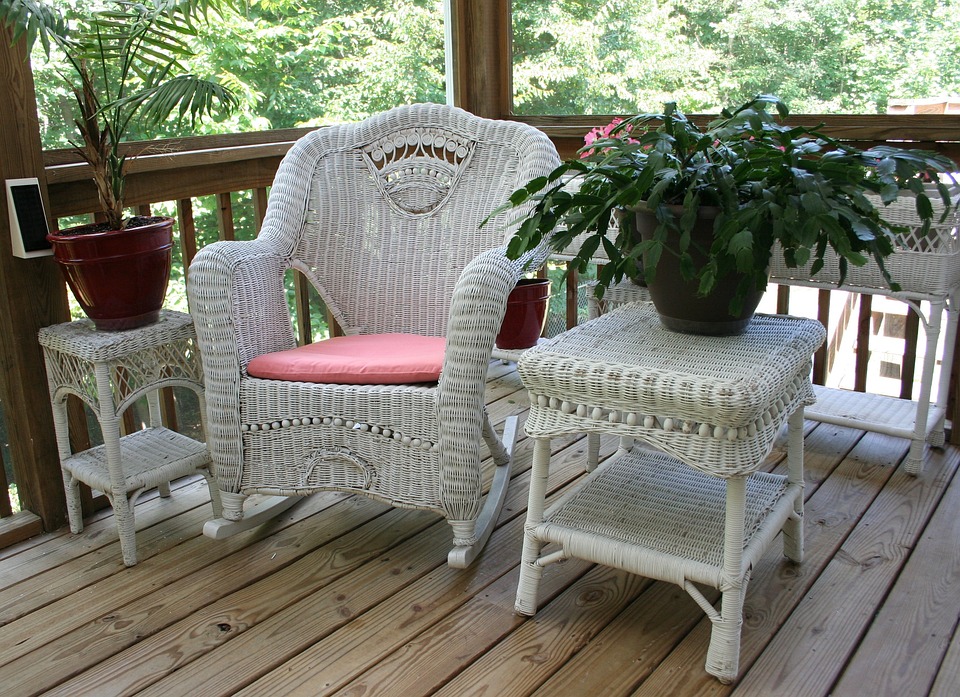
In recent years, the concept of outdoor living has gained tremendous popularity among homeowners. No longer content with confining their living spaces to the indoors, people are increasingly looking to their backyards as an extension of their homes. This shift in perspective has led to a revolution in how we view and utilize our outdoor spaces, transforming them from simple lawns into functional, comfortable, and stylish living areas.
The Rise of Outdoor Living
The trend towards outdoor living spaces has been driven by several factors:
- A desire for more living space without the need for costly home additions
- An increased focus on health and wellness
- The appeal of entertaining and socializing in fresh air settings
- A growing appreciation for nature and sustainable living practices
By reimagining your backyard, you can create a personal oasis that not only enhances your quality of life but also adds significant value to your property.
Enhanced Home Value: The Financial Benefits of Outdoor Living Spaces
Investing in your outdoor space is not just about creating a beautiful and functional area for your enjoyment; it’s also a smart financial decision. Well-designed outdoor living areas can significantly boost your property’s value, making them an attractive feature for potential buyers if you ever decide to sell.
Key Outdoor Features That Increase Home Value
- Patios and Decks: These structures provide a solid foundation for outdoor living and can offer returns of up to 80% on investment.
- Outdoor Kitchens: A fully equipped outdoor kitchen can recoup 100% to 200% of its cost.
- Fire Pits or Fireplaces: These features add warmth and ambiance, potentially increasing home value by 15-40%.
- Professional Landscaping: A well-maintained landscape can add 5-12% to your home’s value.
| Feature | Potential ROI |
|---|---|
| Patio/Deck | Up to 80% |
| Outdoor Kitchen | 100-200% |
| Fire Pit/Fireplace | 15-40% increase in home value |
| Professional Landscaping | 5-12% increase in home value |
It’s important to note that the exact return on investment can vary depending on factors such as your location, the quality of the installation, and current real estate market conditions. However, the overall trend shows that outdoor living spaces are highly valued by homebuyers and can significantly enhance your property’s appeal and worth.
Increased Living Space: Bringing Indoor Comforts Outside
One of the most compelling reasons to invest in outdoor living is the opportunity to expand your usable living space without the need for costly home additions. By extending indoor comforts to your backyard, you can create seamless transitions between your interior and exterior spaces, effectively doubling your living area during favorable weather conditions.
Ideas for Extending Your Living Space Outdoors
- Alfresco Dining Areas: Create an outdoor dining room complete with a table, comfortable seating, and mood lighting for memorable meals under the stars.
- Outdoor Living Rooms: Design a cozy seating area with weather-resistant furniture, throw pillows, and an outdoor rug to mimic the comfort of your indoor living room.
- Covered Patios or Pergolas: These structures provide shade and protection from the elements, allowing you to enjoy your outdoor space even on hot or rainy days.
- Outdoor Home Offices: With the rise of remote work, consider creating a peaceful outdoor workspace to boost productivity and enjoy nature simultaneously.
- Outdoor Media Centers: Install a weatherproof TV and sound system for movie nights or game day parties in the fresh air.
By thoughtfully designing these outdoor spaces, you can create functional areas that serve as natural extensions of your home, blurring the lines between indoor and outdoor living.
Health and Wellness Boost: The Benefits of Outdoor Living
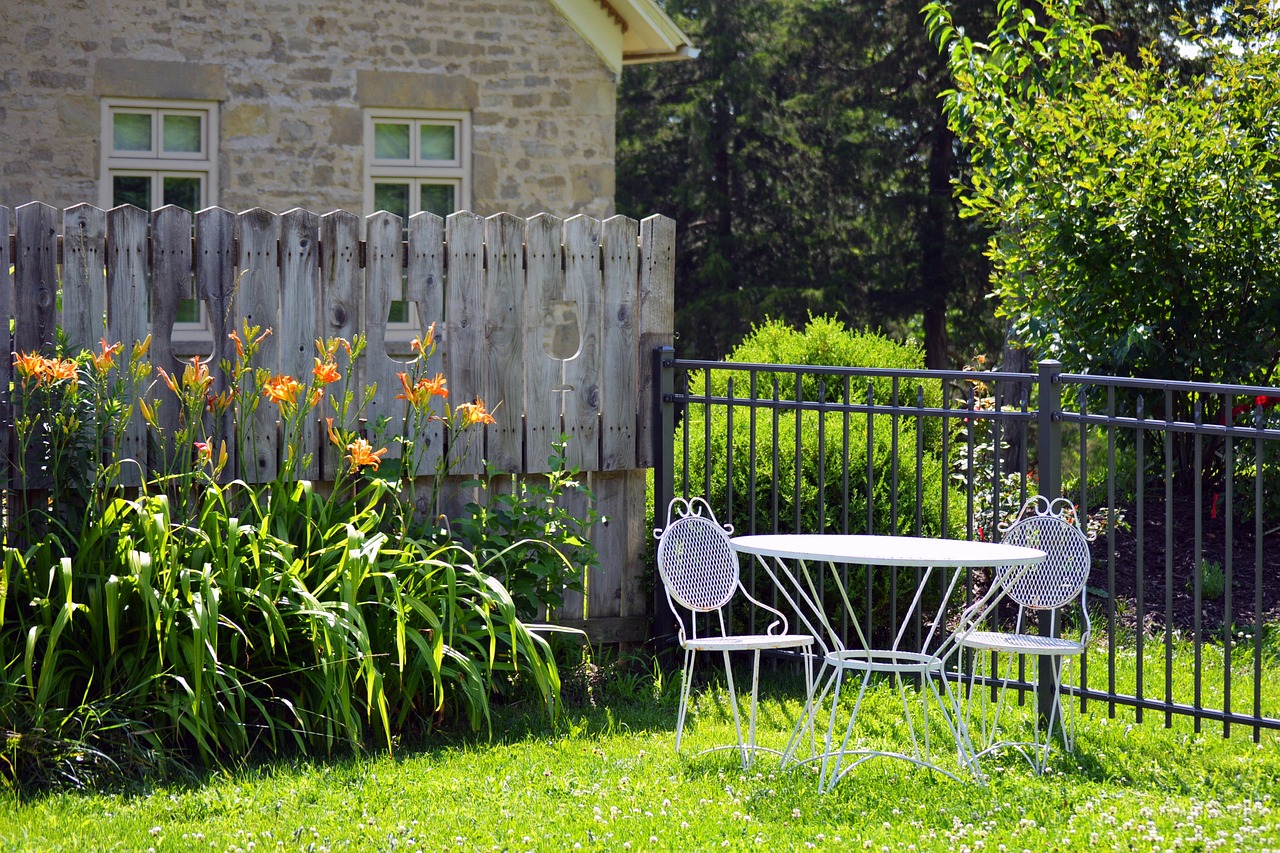
Embracing outdoor living isn’t just about aesthetics or property value; it also offers significant health and wellness benefits. Spending time in your backyard can positively impact both your physical and mental well-being.
Physical Health Benefits
- Increased Vitamin D: Sunlight exposure helps your body produce vitamin D, essential for bone health and immune function.
- Improved Air Quality: Outdoor spaces typically have better air circulation and lower concentrations of indoor pollutants.
- Enhanced Physical Activity: Having an inviting outdoor space encourages more movement and exercise.
Mental Health Benefits
- Stress Reduction: Time spent in nature has been shown to lower cortisol levels, reducing stress and anxiety.
- Improved Mood: Exposure to natural light and greenery can boost serotonin levels, enhancing overall mood.
- Better Sleep: Regular outdoor time can help regulate your circadian rhythm, leading to improved sleep quality.
| Health Benefit | Description |
|---|---|
| Vitamin D Boost | Sunlight exposure promotes vitamin D production |
| Stress Reduction | Nature exposure lowers cortisol levels |
| Improved Air Quality | Better circulation and fewer indoor pollutants |
| Enhanced Mood | Natural light and greenery boost serotonin levels |
| Better Sleep | Outdoor time helps regulate circadian rhythms |
By creating an inviting outdoor living space, you’re not just adding value to your home; you’re investing in your health and well-being.
Entertainment Potential: Hosting Memorable Gatherings
One of the most exciting aspects of outdoor living is the enhanced entertainment potential it offers. A well-designed outdoor space can serve as the perfect backdrop for gatherings of all sizes, from intimate family dinners to larger social events.
Ideas for Outdoor Entertainment Spaces
- Barbecue and Grilling Stations: Install a high-quality grill or even a full outdoor kitchen to become the ultimate host for cookouts and barbecues.
- Fire Pits and Fireplaces: These features create a cozy focal point for evening gatherings, perfect for roasting marshmallows or enjoying drinks with friends.
- Outdoor Bar Areas: Set up a dedicated bar space for mixing cocktails and serving drinks, keeping the party outside and reducing indoor foot traffic.
- Game Zones: Incorporate areas for outdoor games like horseshoes, cornhole, or even a putting green for active entertainment.
- Multi-level Decking: Create distinct zones for different activities, such as dining, lounging, and mingling, to accommodate various guest preferences.
- Water Features: Add ambiance with a fountain, pond, or even a small waterfall to create a soothing backdrop for conversations.
By thoughtfully designing your outdoor space with entertainment in mind, you can create a versatile area that’s perfect for hosting everything from casual get-togethers to more formal events.
Personalized Leisure Spaces: Tailoring Your Outdoor Area to Your Hobbies
Your outdoor living space should be a reflection of your personal interests and hobbies. By customizing your backyard to accommodate your favorite activities, you can create a truly unique and functional space that enhances your daily life.
Ideas for Hobby-Specific Outdoor Spaces
- Meditation and Yoga Zones: Create a serene corner with a flat surface for yoga mats, surrounded by calming plants and perhaps a small water feature for meditation.
- Gardening Areas: Dedicate space for raised beds, a greenhouse, or a potting station to indulge your green thumb.
- Artist’s Studio: Set up an easel and storage for art supplies in a shaded area for outdoor painting sessions.
- Reading Nooks: Install a comfortable hammock or a cozy bench surrounded by lush greenery for a perfect outdoor reading retreat.
- Outdoor Gym: Designate an area for weather-resistant exercise equipment or create a space for bodyweight workouts and yoga.
- Stargazing Spot: Include comfortable seating and perhaps a telescope for nighttime sky watching.
| Hobby | Outdoor Space Idea |
|---|---|
| Meditation/Yoga | Serene corner with flat surface and water feature |
| Gardening | Raised beds, greenhouse, or potting station |
| Art | Shaded area with easel and supply storage |
| Reading | Hammock or bench in a green, quiet spot |
| Fitness | Weather-resistant equipment or bodyweight workout area |
| Astronomy | Comfortable seating with space for telescope |
By tailoring your outdoor space to your interests, you create opportunities to engage in your favorite activities while enjoying the benefits of fresh air and natural surroundings.
Aesthetic and Sustainable Practices: Beautifying Your Space Responsibly

Creating a beautiful outdoor living space doesn’t have to come at the expense of the environment. By incorporating sustainable practices and eco-friendly design elements, you can craft an aesthetically pleasing backyard that also contributes positively to the environment.
Landscaping for Beauty and Sustainability
- Native Plants: Choose plants indigenous to your area, which require less water and maintenance while supporting local ecosystems.
- Xeriscaping: Implement water-wise landscaping techniques to reduce water usage without sacrificing beauty.
- Vertical Gardens: Utilize wall space for growing plants, increasing green coverage without taking up ground space.
Water Features for Ambiance and Conservation
- Recirculating Fountains: Add the soothing sound of water while minimizing water waste.
- Rain Gardens: Create beautiful planted areas that also help manage stormwater runoff.
- Rainwater Harvesting Systems: Collect and store rainwater for irrigation, reducing reliance on municipal water supplies.
Sustainable Energy Practices
- Solar-Powered Lighting: Illuminate your outdoor space with energy-efficient LED lights powered by solar panels.
- Solar Heating for Pools or Hot Tubs: Reduce energy costs by using solar power to heat water features.
- Wind-Powered Elements: Incorporate decorative wind turbines that can generate small amounts of electricity for outdoor use.
By integrating these sustainable practices, you not only create a more environmentally friendly space but also potentially reduce long-term maintenance costs and energy usage.
Conclusion: Envisioning Your Ideal Outdoor Living Space
Transforming your backyard into a functional and beautiful outdoor living space offers a multitude of benefits:
- Increased Home Value: Well-designed outdoor areas can significantly boost your property’s worth.
- Expanded Living Area: Extend your usable space without costly home additions.
- Health and Wellness: Enjoy the physical and mental health benefits of spending time outdoors.
- Entertainment Opportunities: Create the perfect setting for hosting gatherings and events.
- Personalized Leisure: Tailor your outdoor space to support your hobbies and interests.
- Aesthetic and Sustainable Design: Beautify your property while implementing eco-friendly practices.
As you envision your ideal outdoor living space, consider how you can incorporate elements that align with your lifestyle, enhance your property’s value, and contribute to your overall well-being. Whether you’re dreaming of a cozy reading nook, a bustling entertainment area, or a serene meditation garden, the possibilities for transforming your backyard are limitless.
By investing in outdoor living, you’re not just improving your home; you’re enhancing your quality of life. Take the time to plan thoughtfully, considering both your immediate desires and long-term needs. With creativity and careful design, your backyard can become a true extension of your home—a personal oasis that brings joy, relaxation, and countless memorable moments for years to come.
[Top]
Raclette or Fondue?

If you’re an old hand at the ins and outs of a fondue party – and you’ve exhausted its every possibility this side of pairing up single friends based on fondue fork handle color – never fear. Raclette parties offer the interactivity of a fondue party with a fresh take on melted cheese. (more…)
[Top]Essential Kitchen Gadgets You Need To Have Today
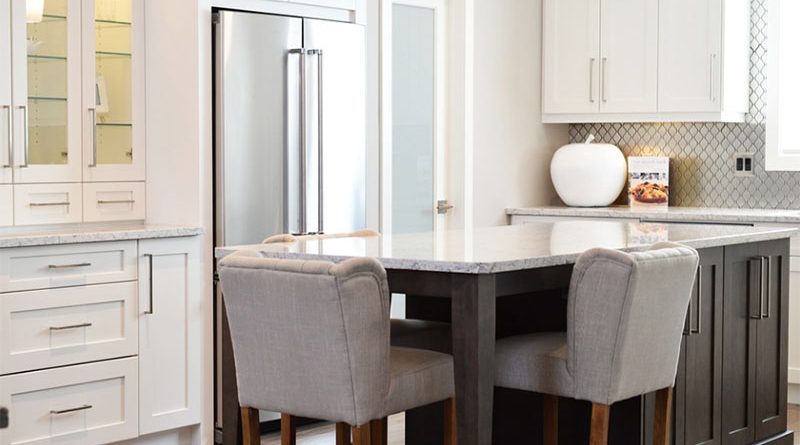
There are a lot of different gadgets that you are going to find useful in today’s kitchens. Whether you are going for something modern, or you have something a bit more rustic, there’s a lot to consider when you look at all the gadgets and appliances that you have in place. As you start to explore the various components, you may find yourself wanting one option over another. It’s for that reason that you should look into the essential gadgets that you should have in place. As such, you can look at a variety of different elements below as the standard bearers for getting the most out of your kitchen.
(more…)
Color Psychology in Interior Design: How to Choose the Perfect Palette for Your Home
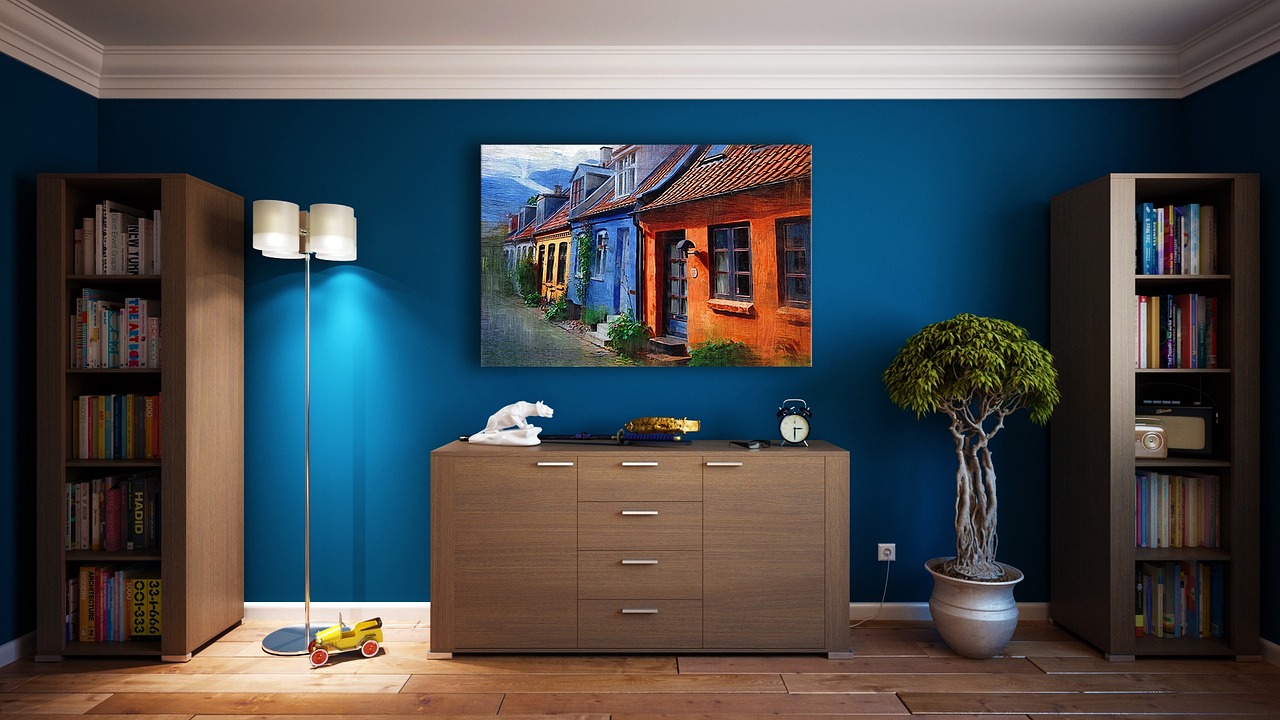
The power of color extends far beyond mere aesthetics in interior design. Color psychology in interior design plays a crucial role in shaping the mood, atmosphere, and even functionality of our living spaces. By understanding how different hues affect our emotions and behaviors, we can create environments that not only look beautiful but also support our well-being and daily activities. This guide will explore how to harness the potential of color psychology to transform your home into a harmonious and inspiring sanctuary. (more…)
[Top]
